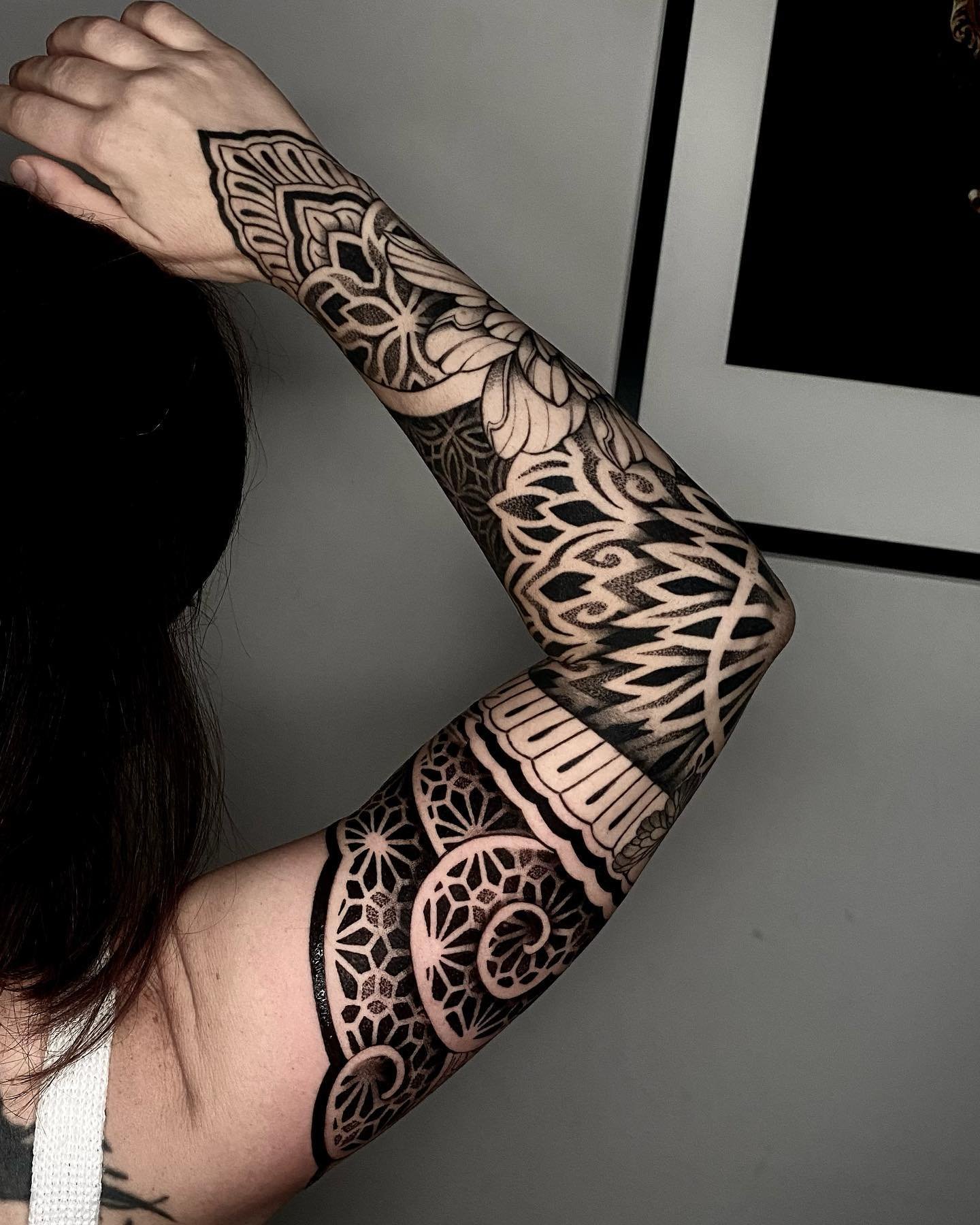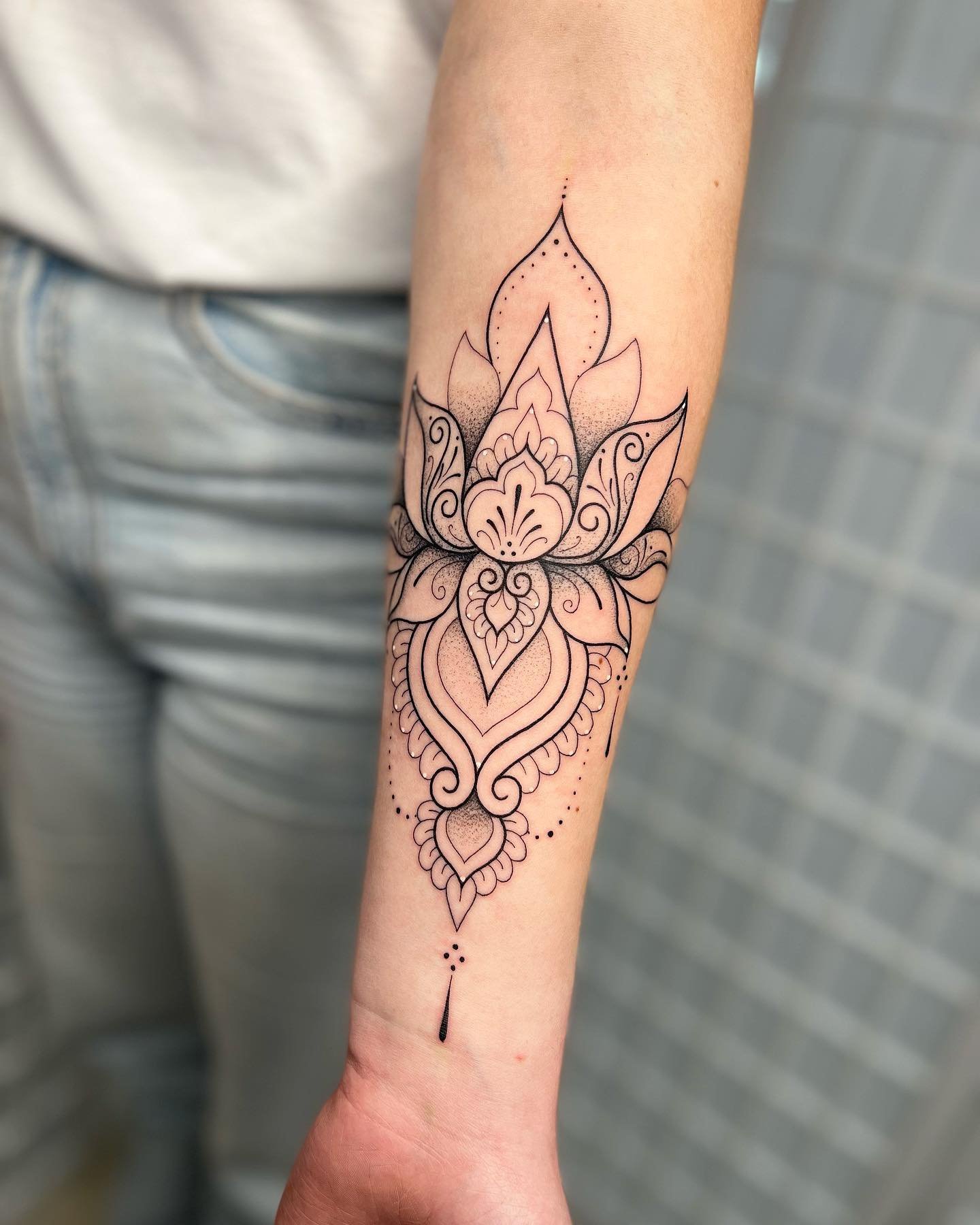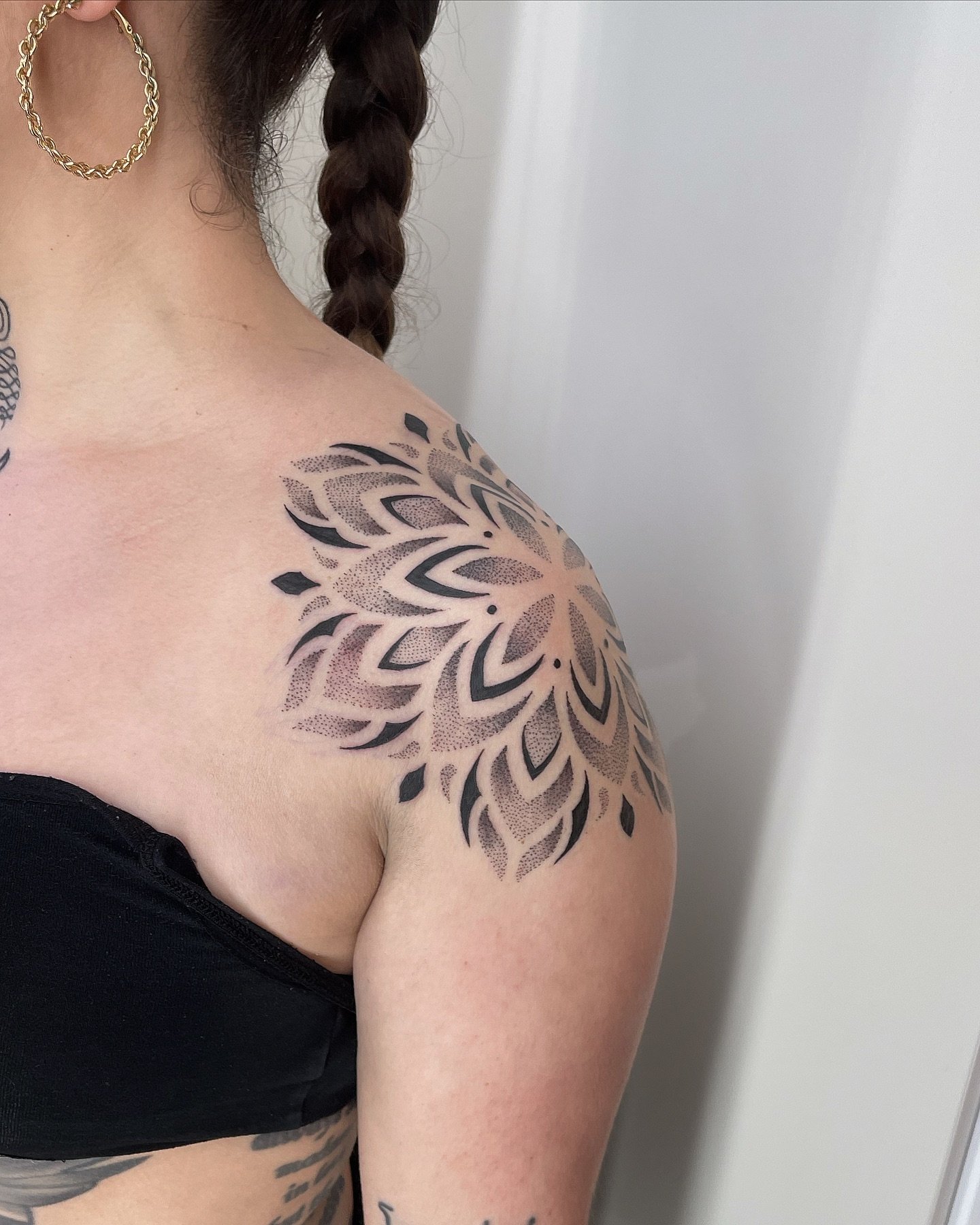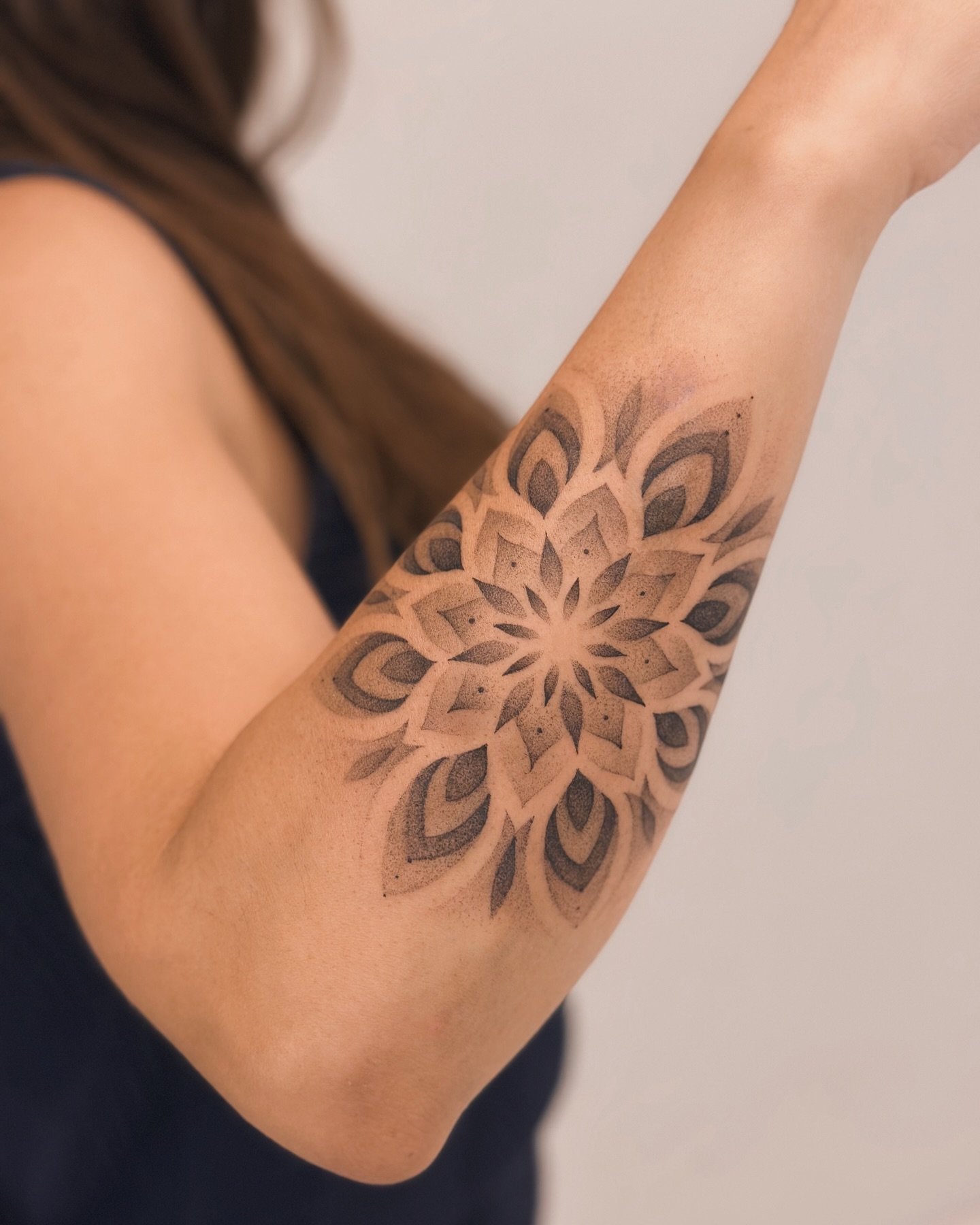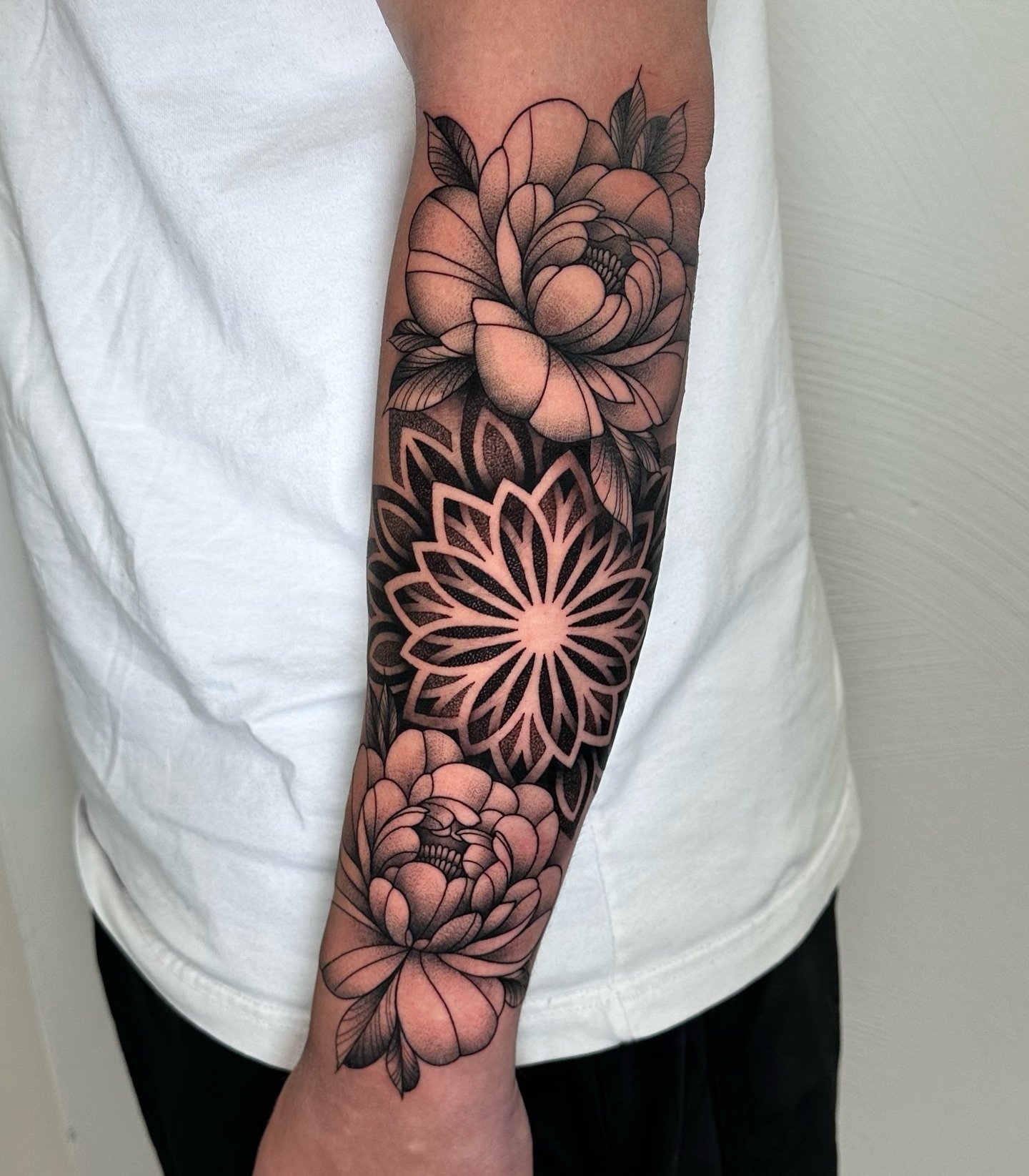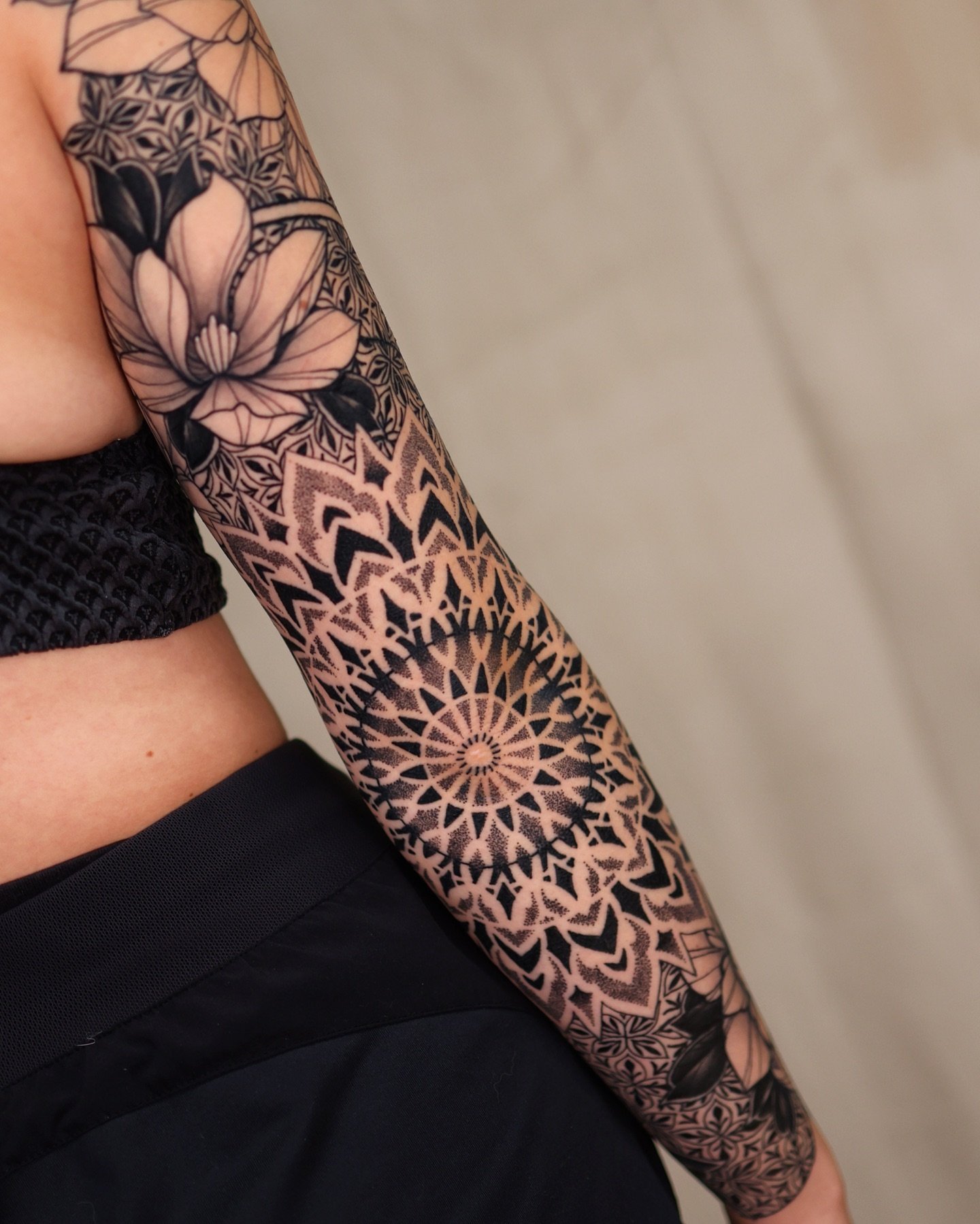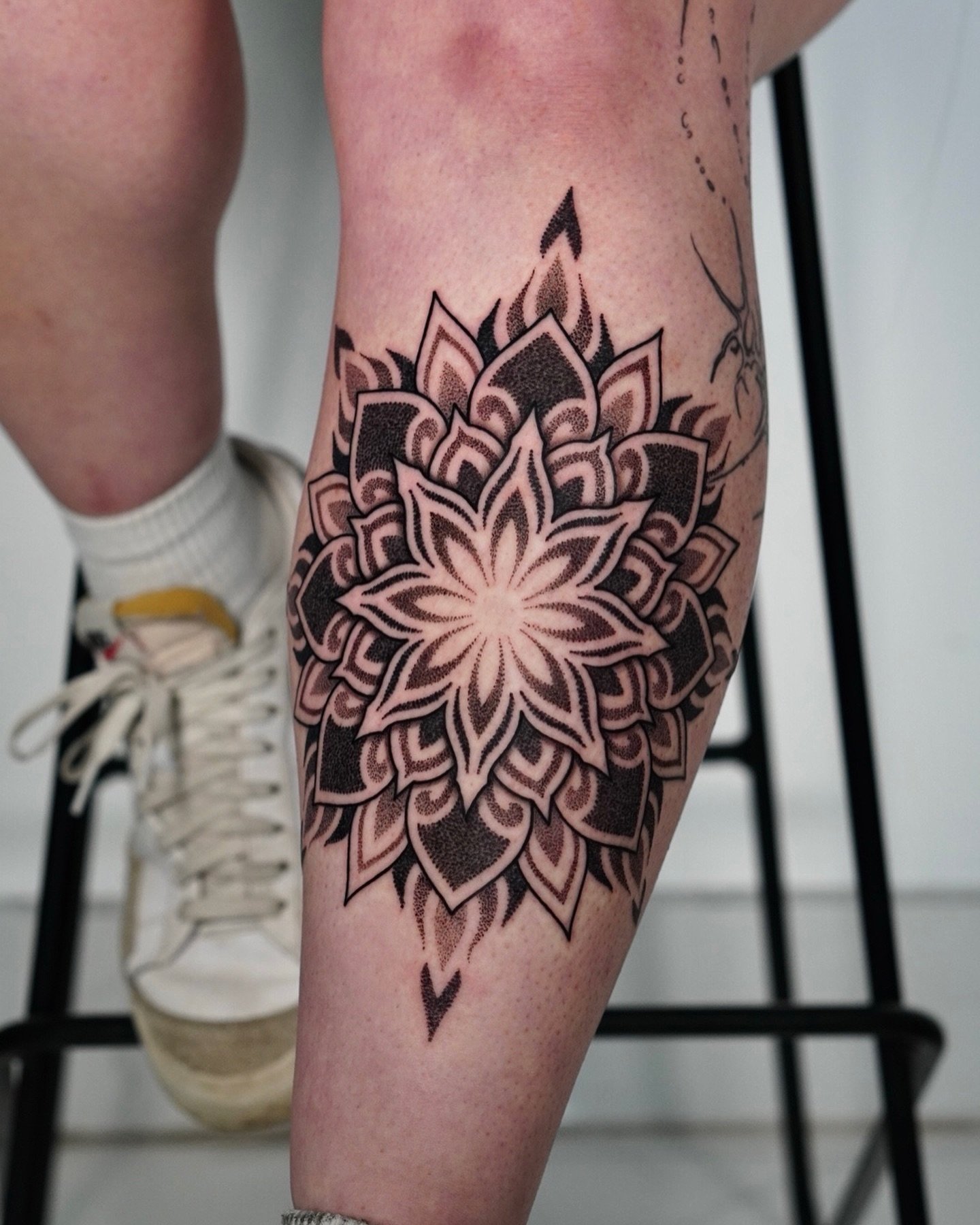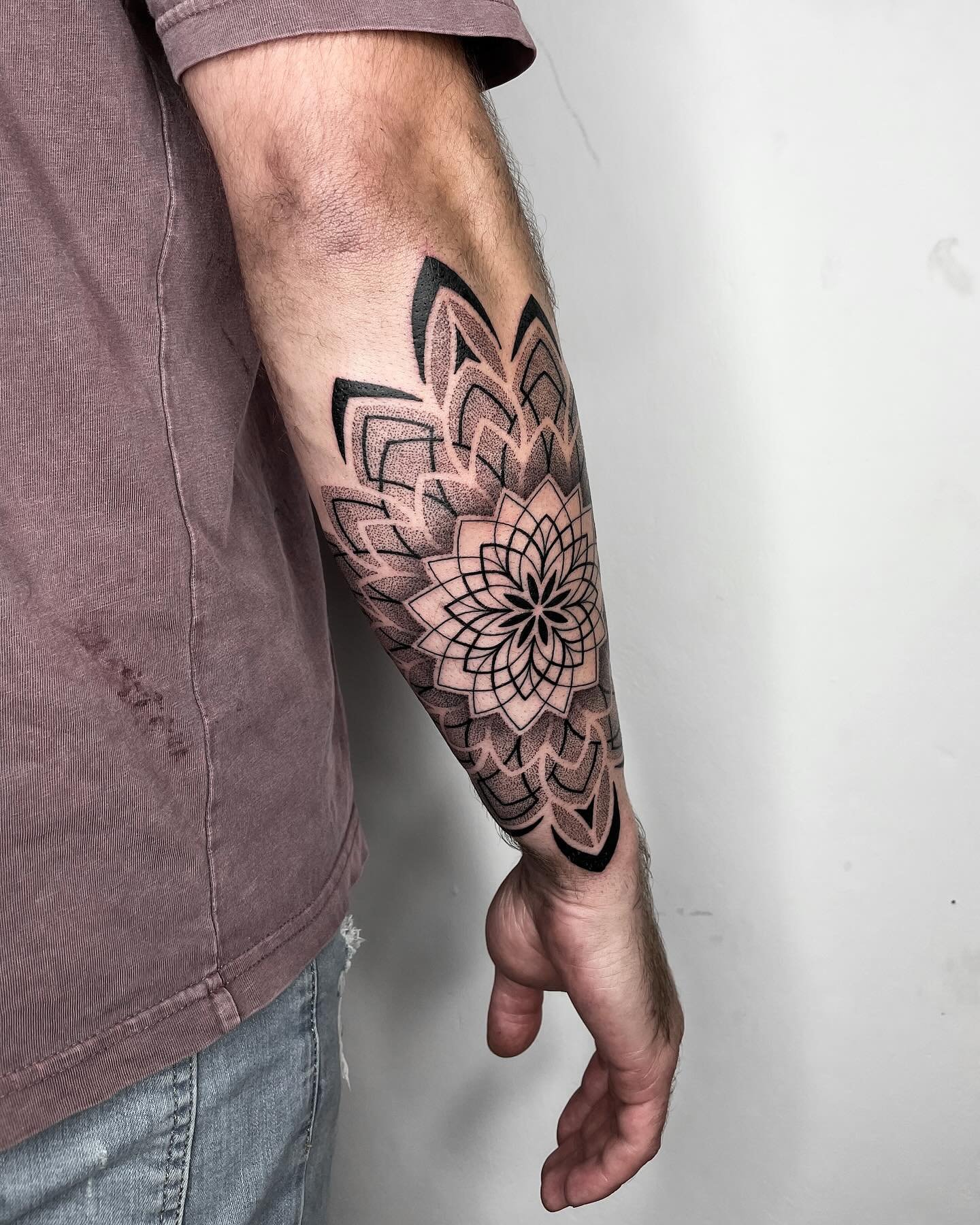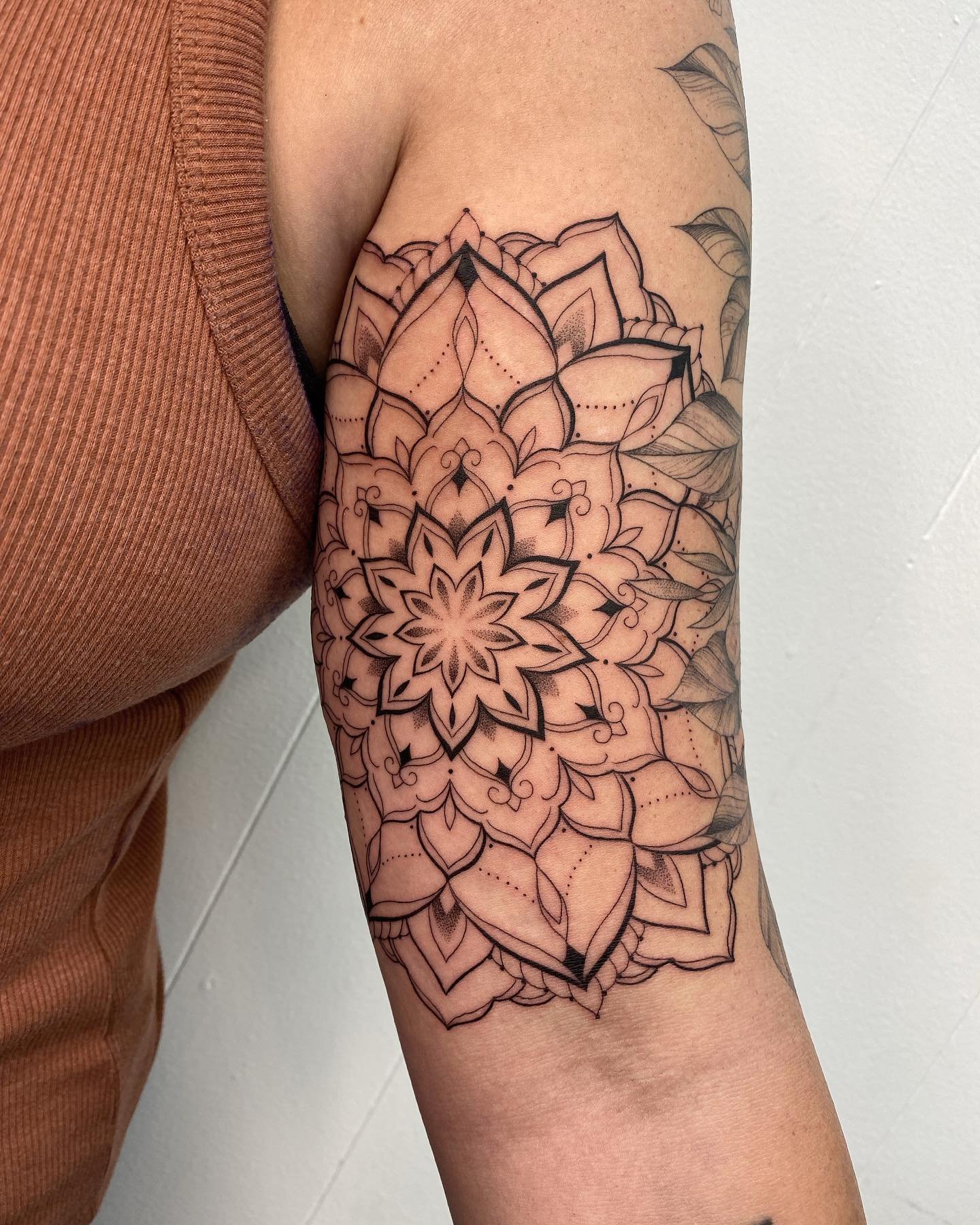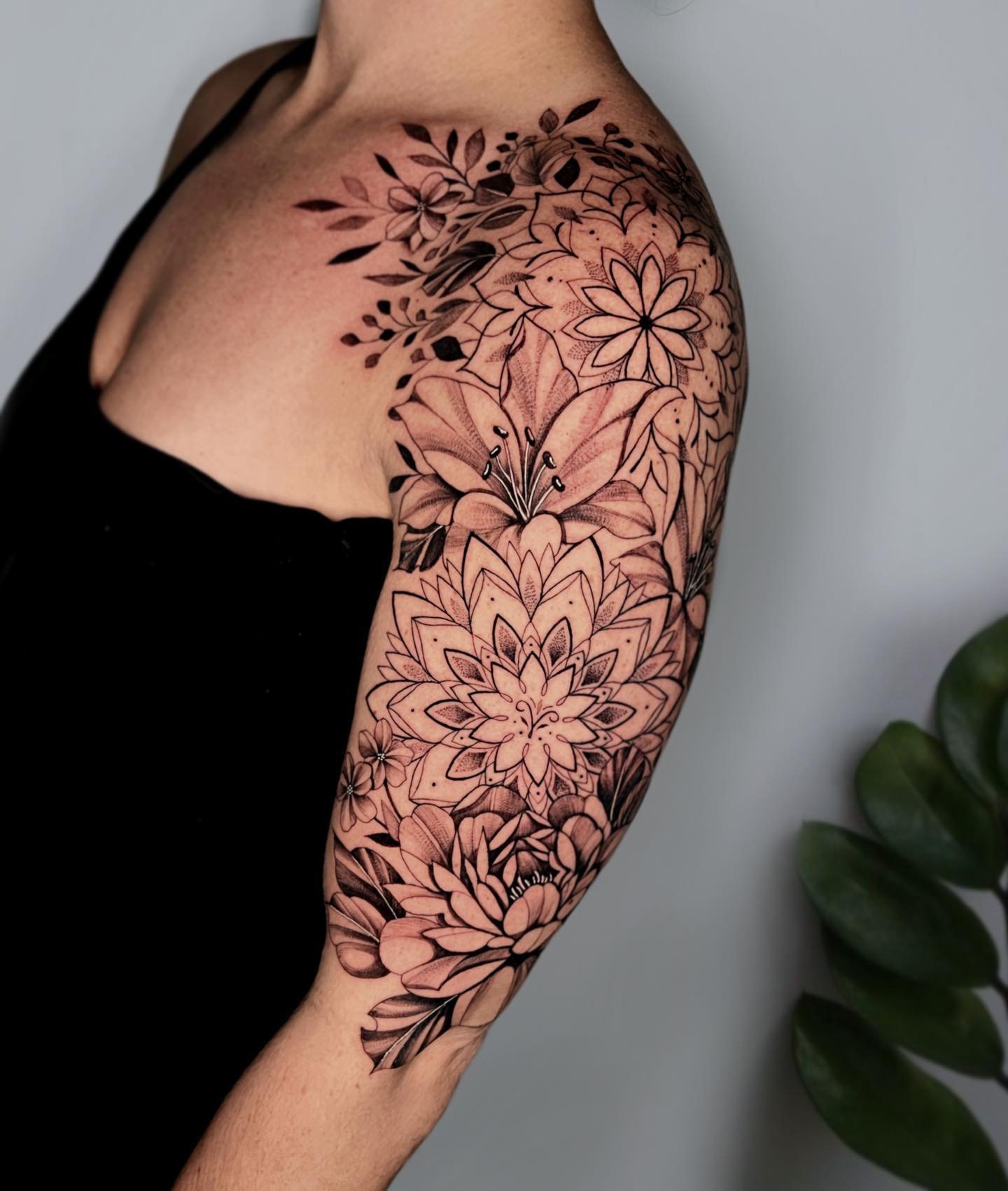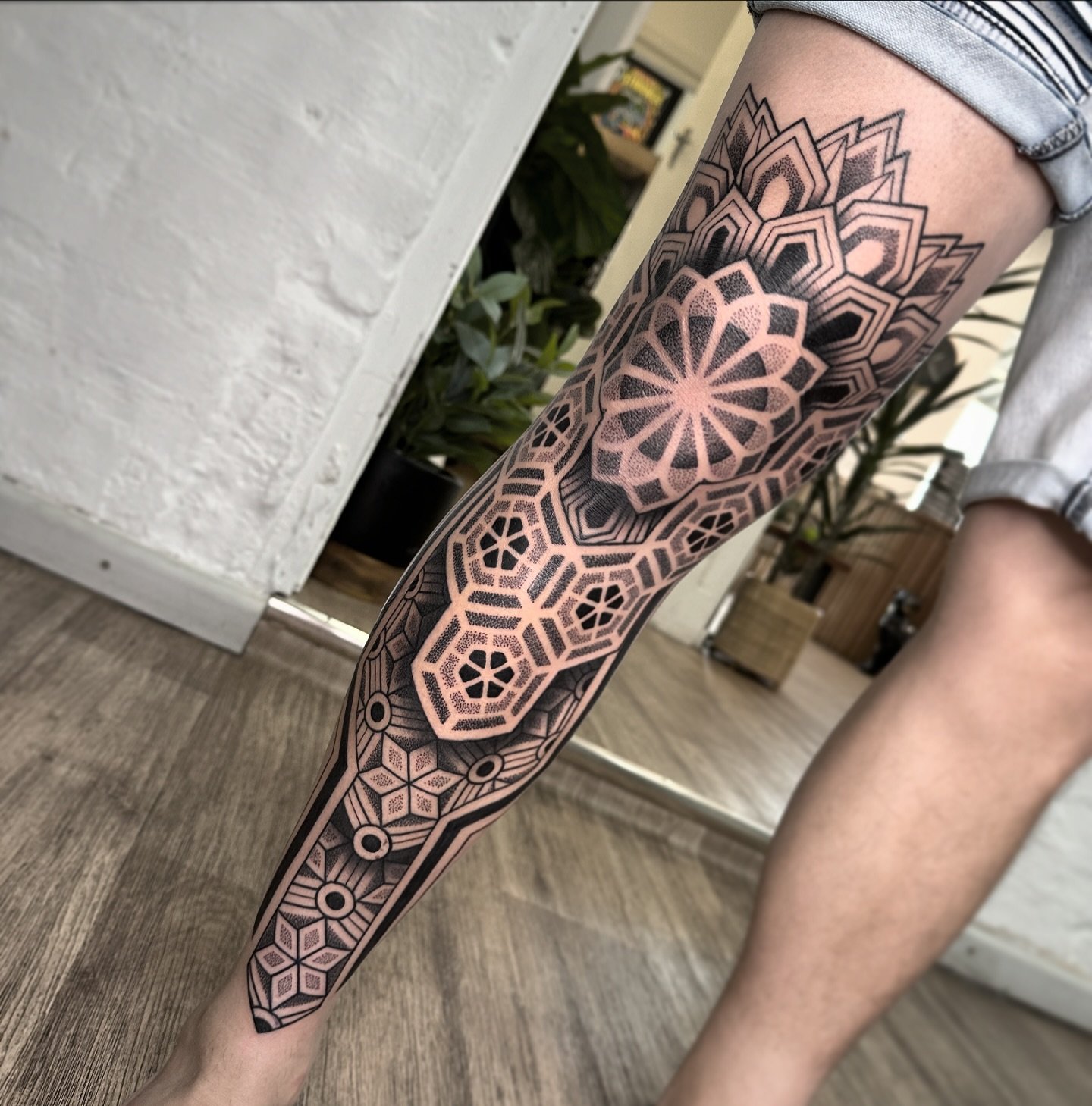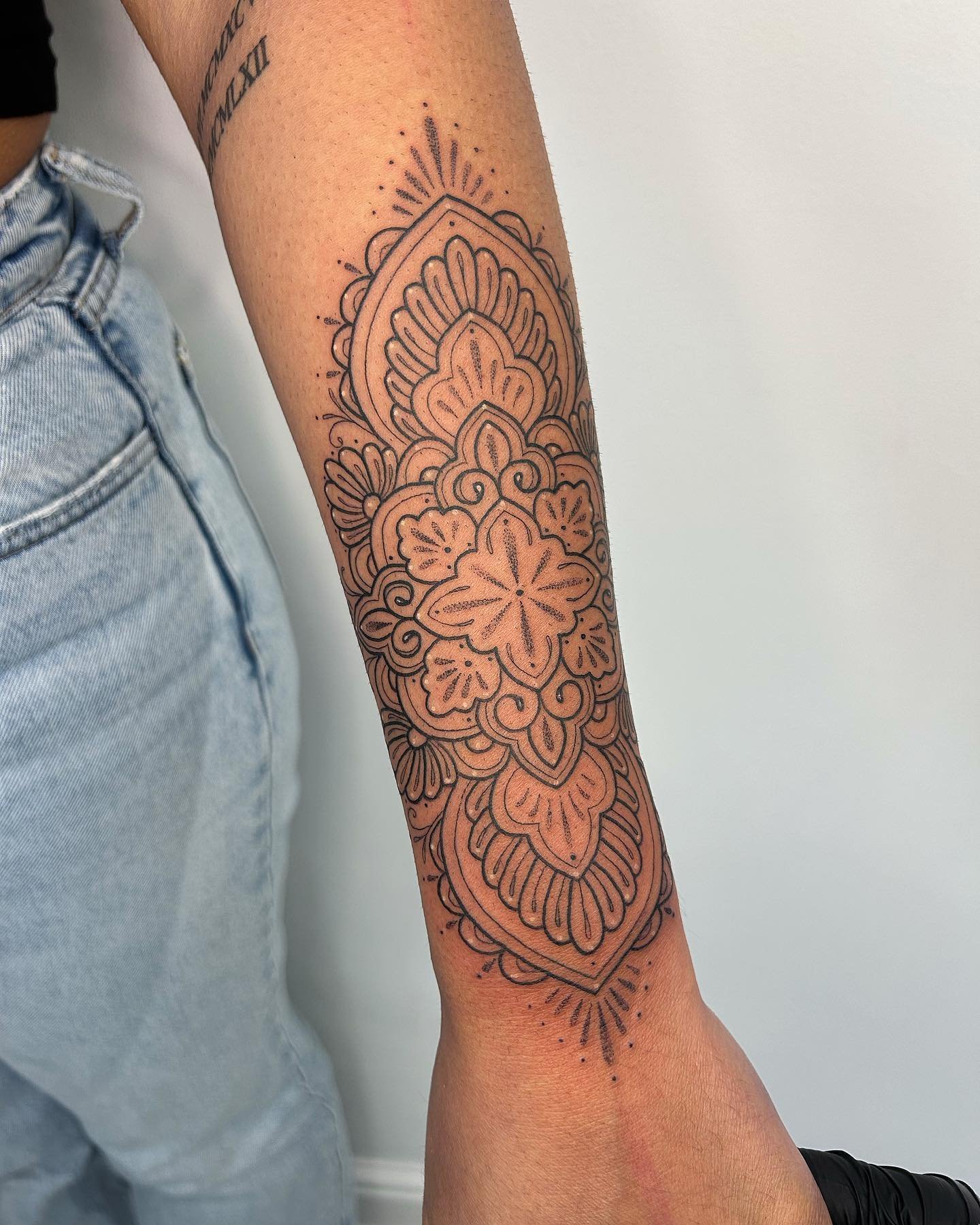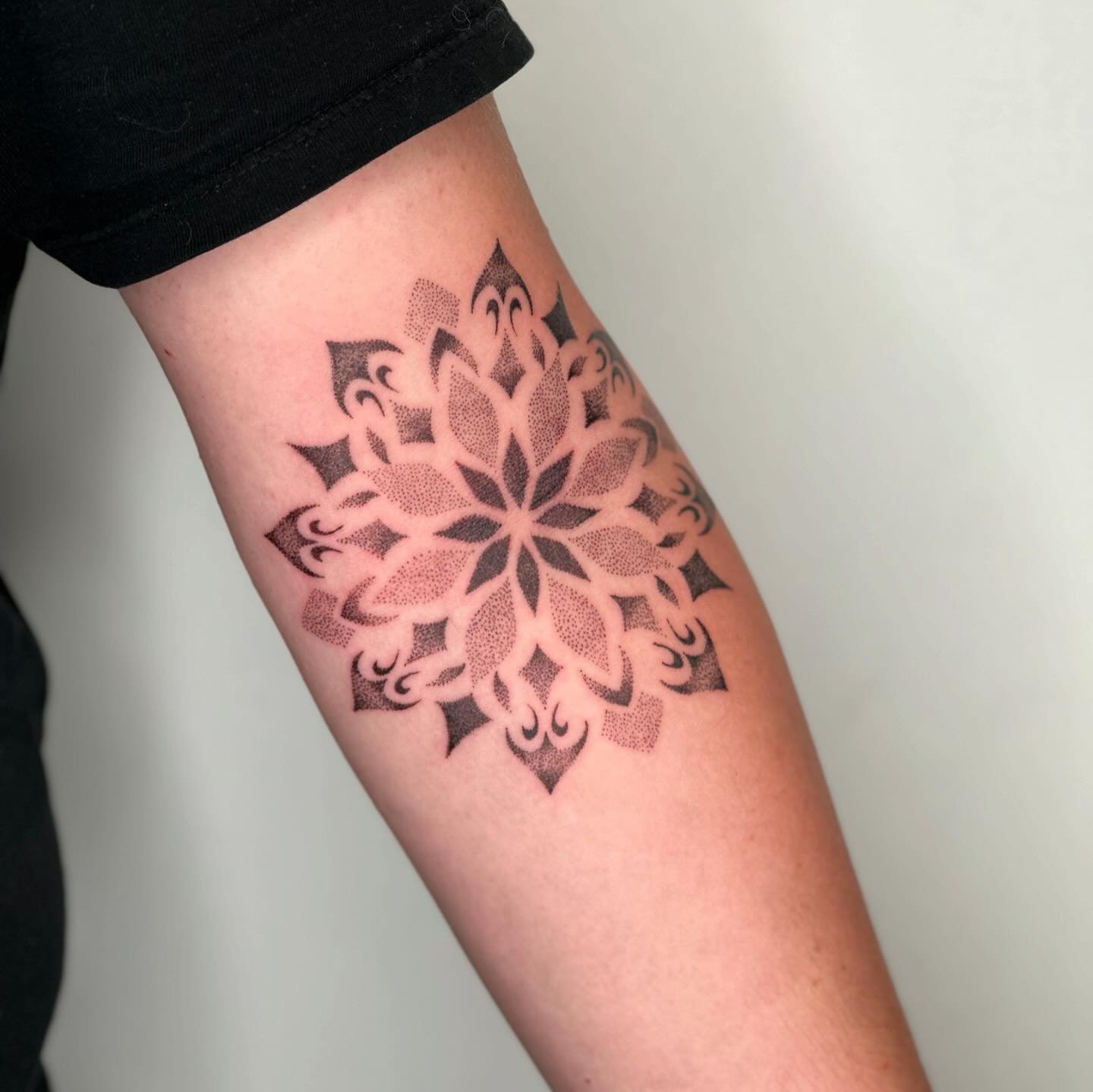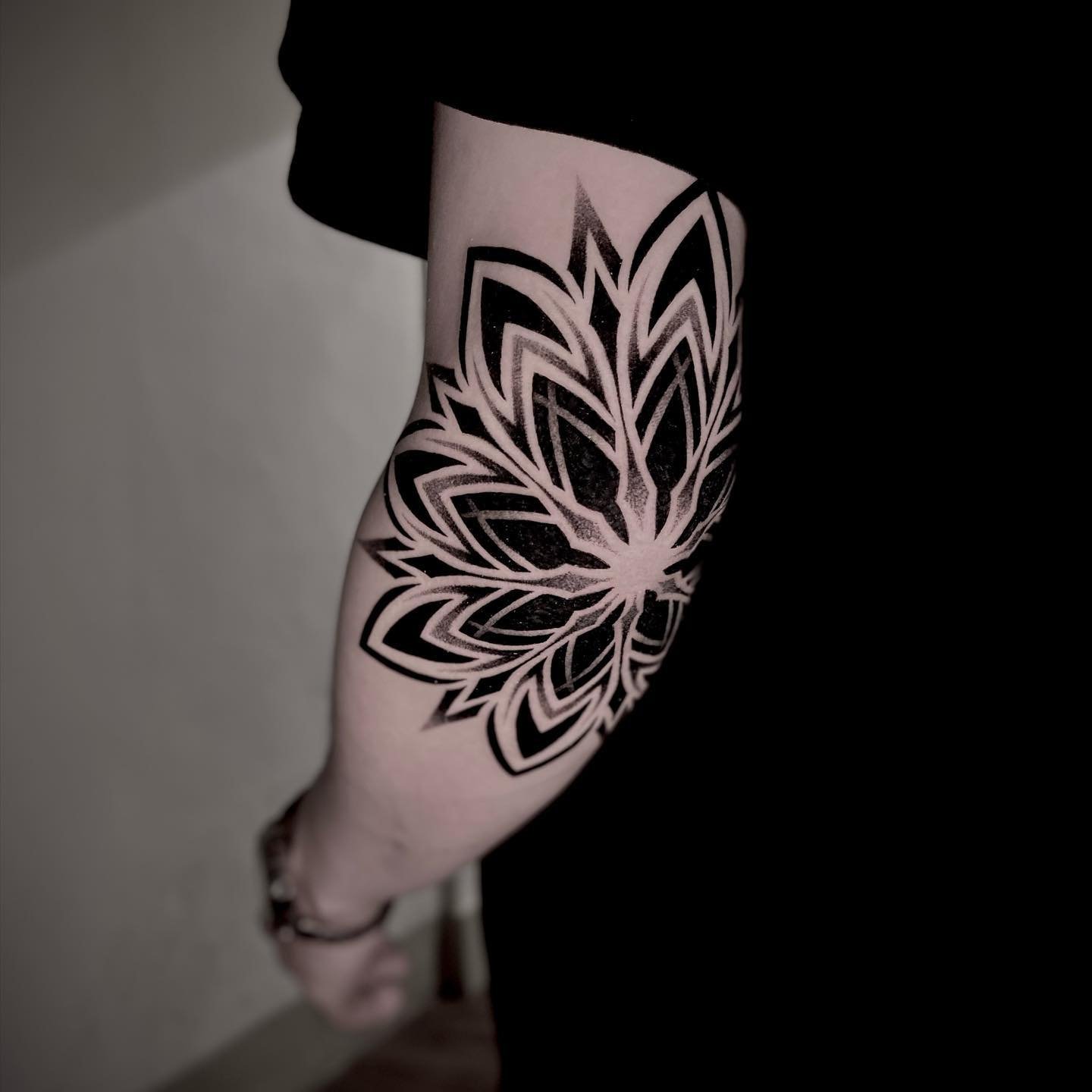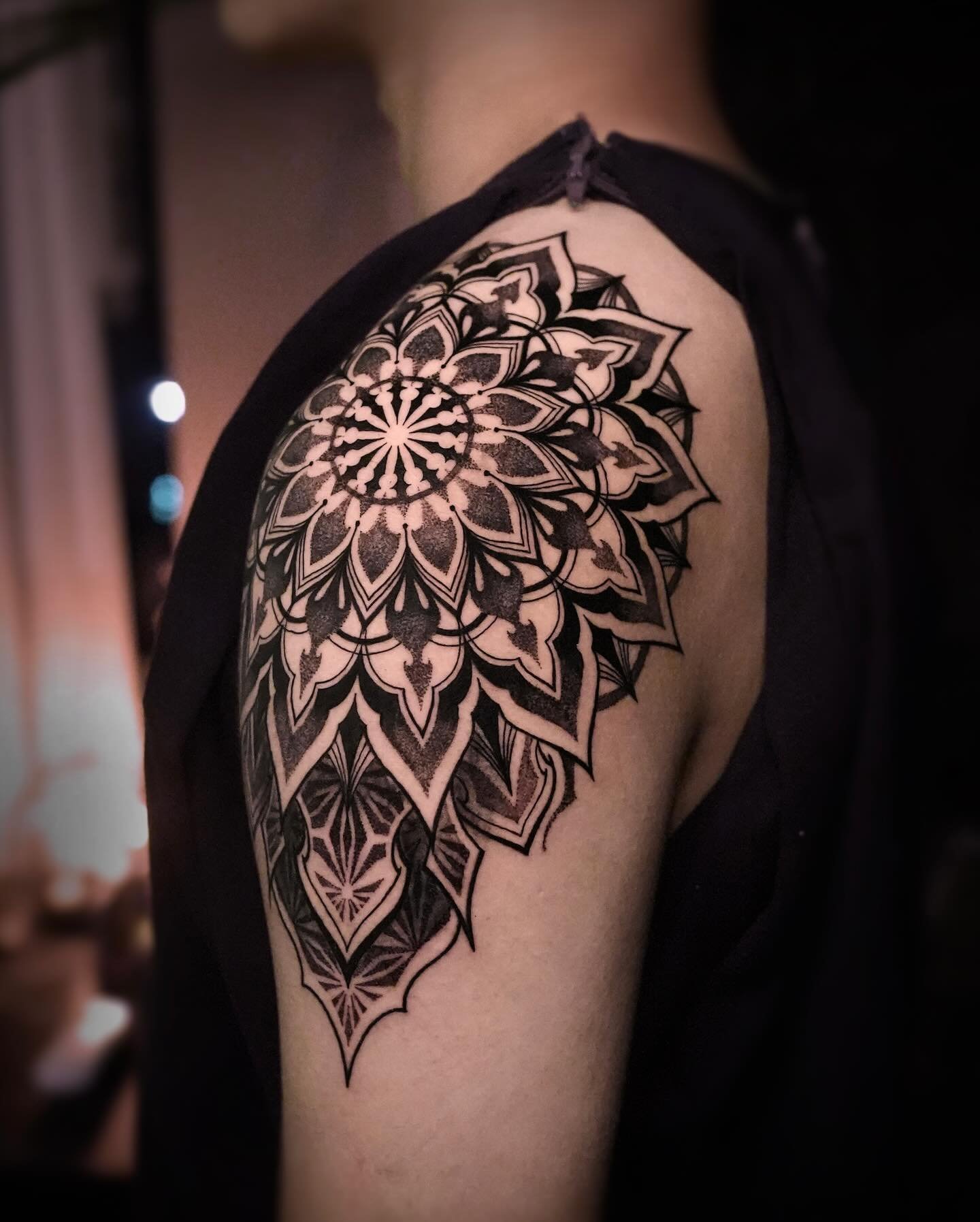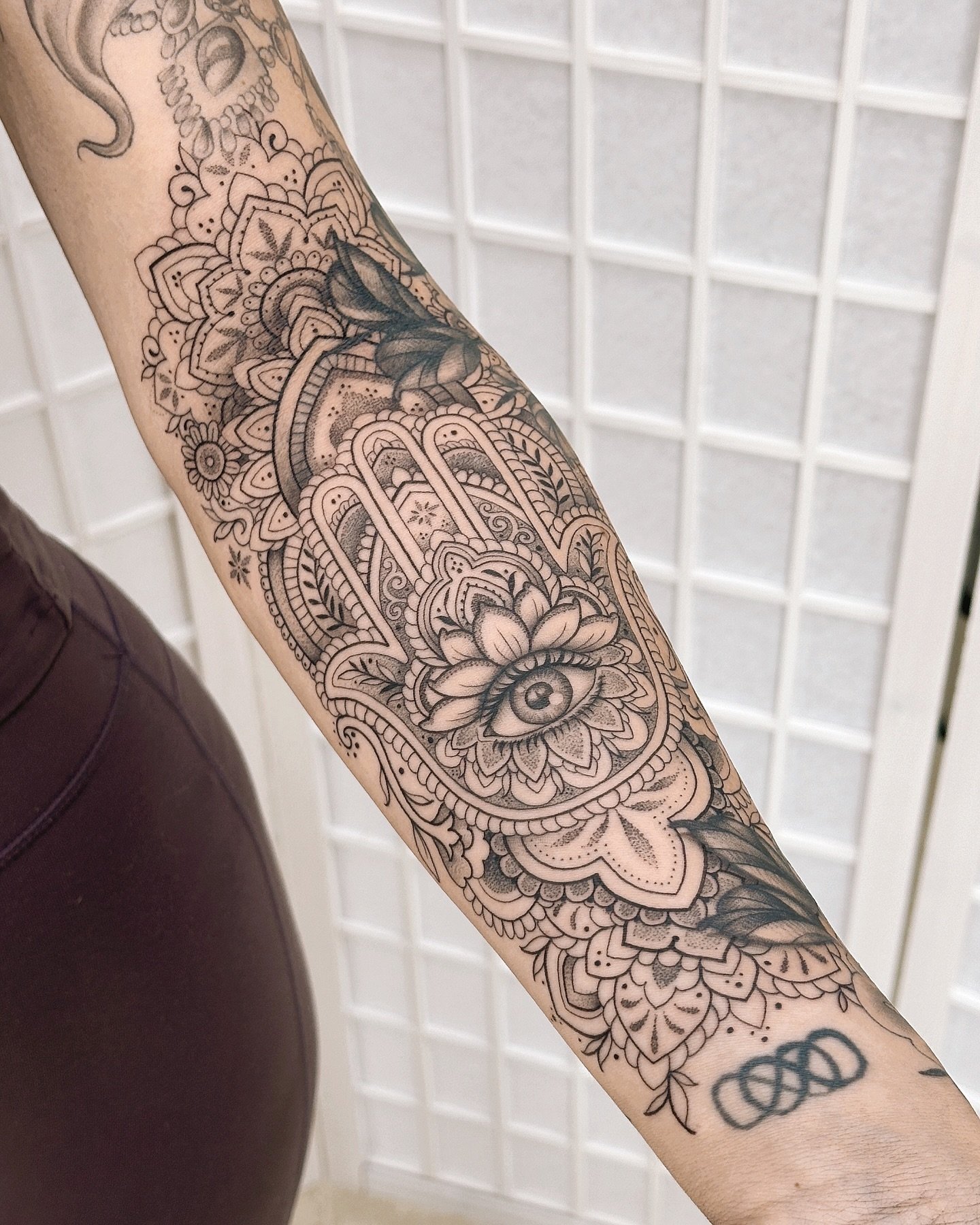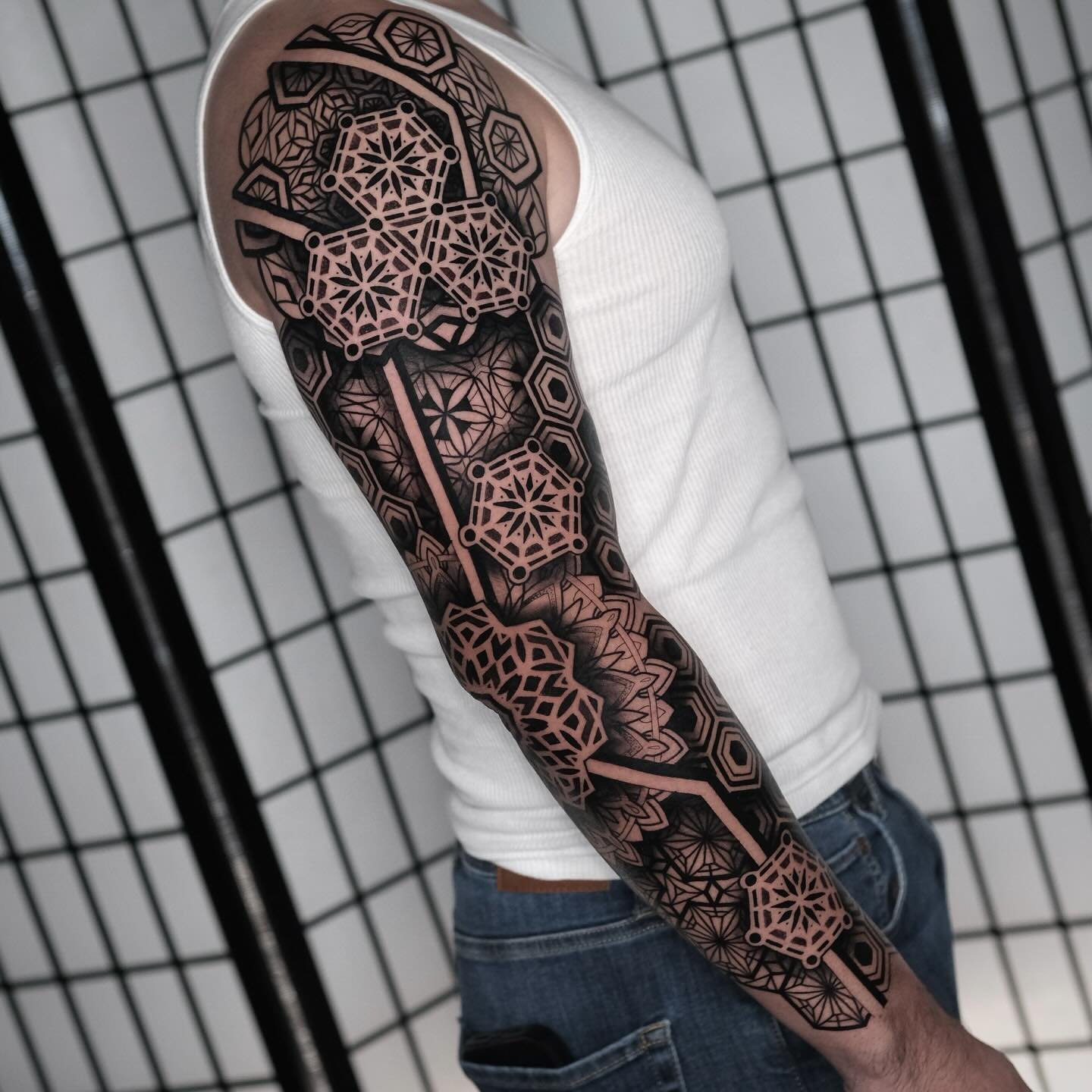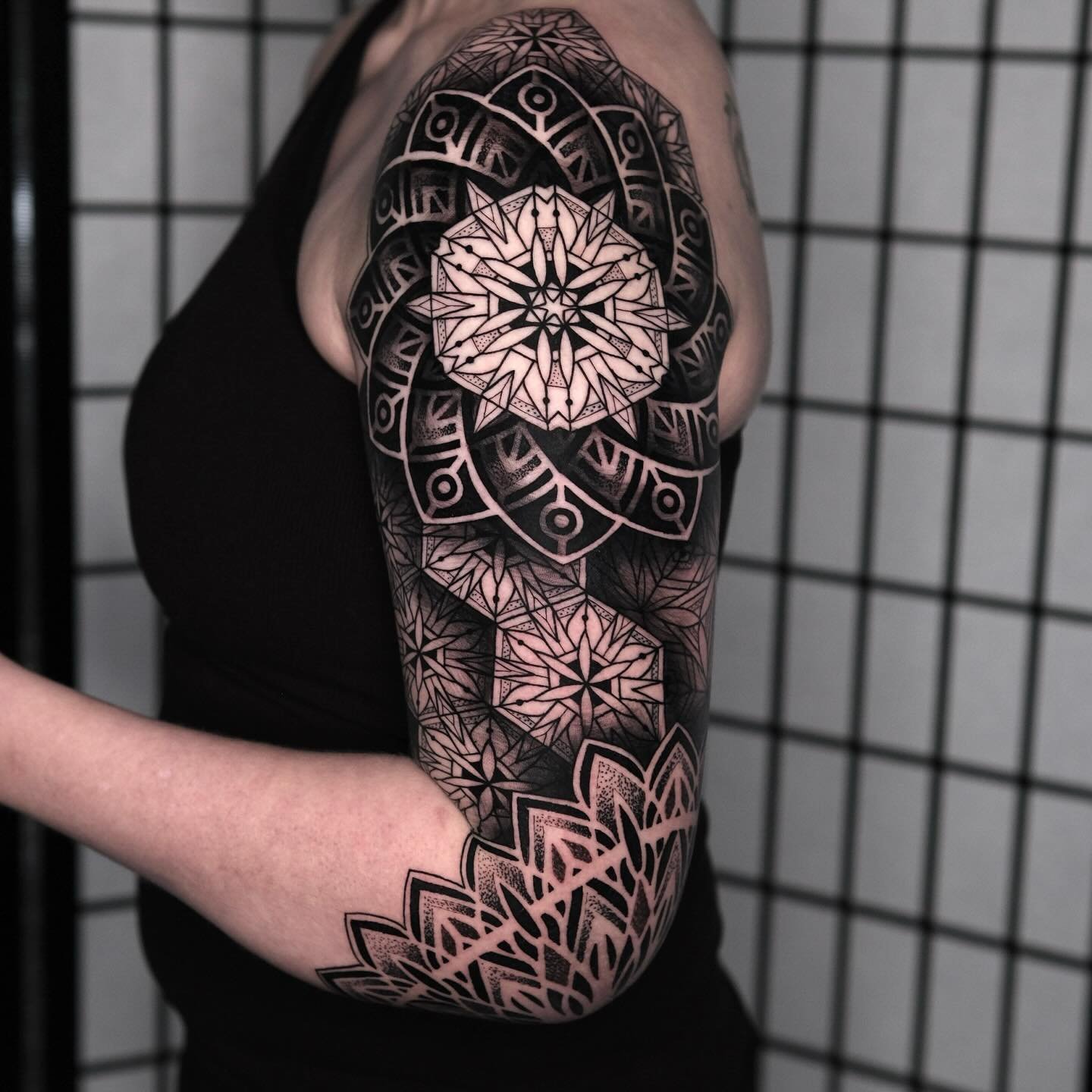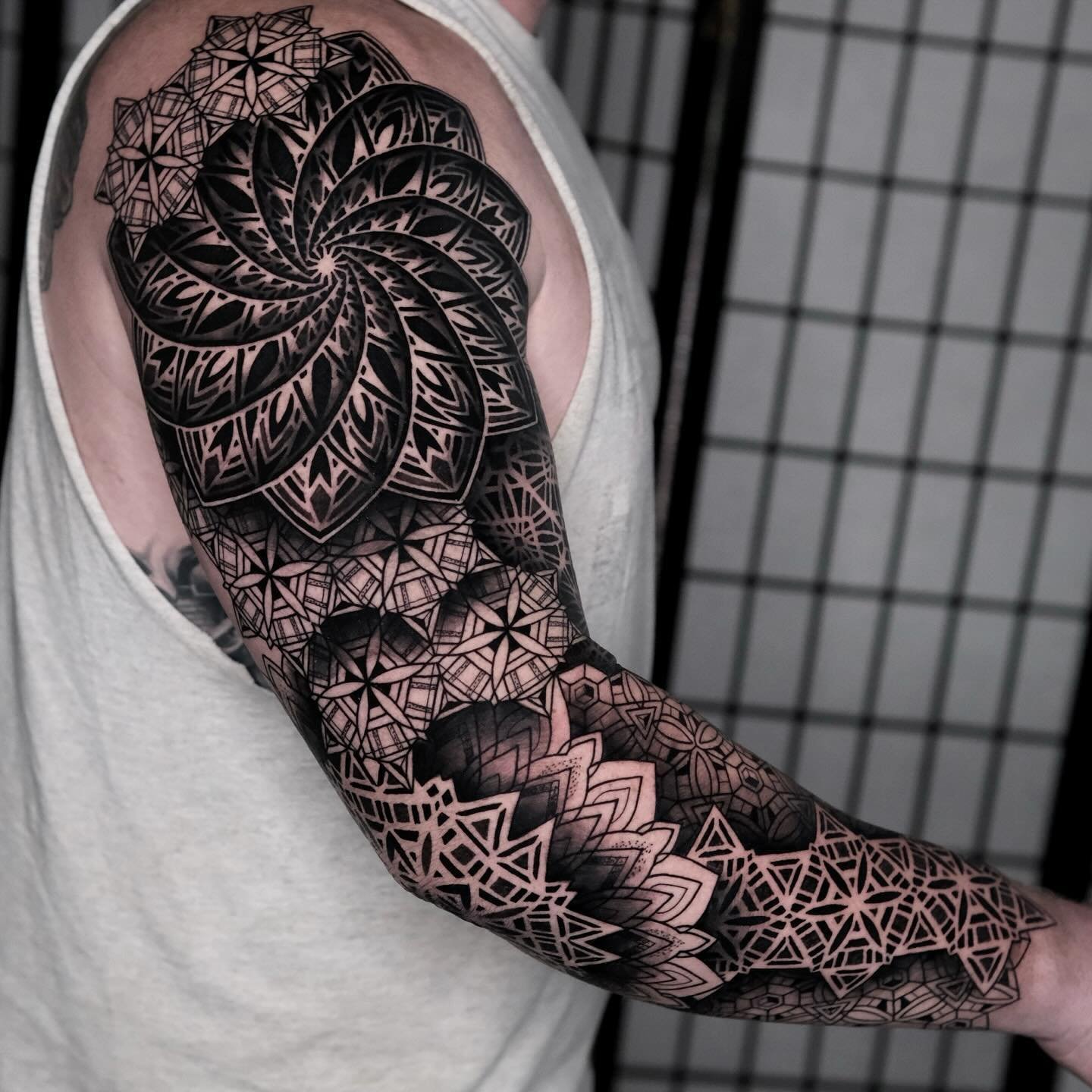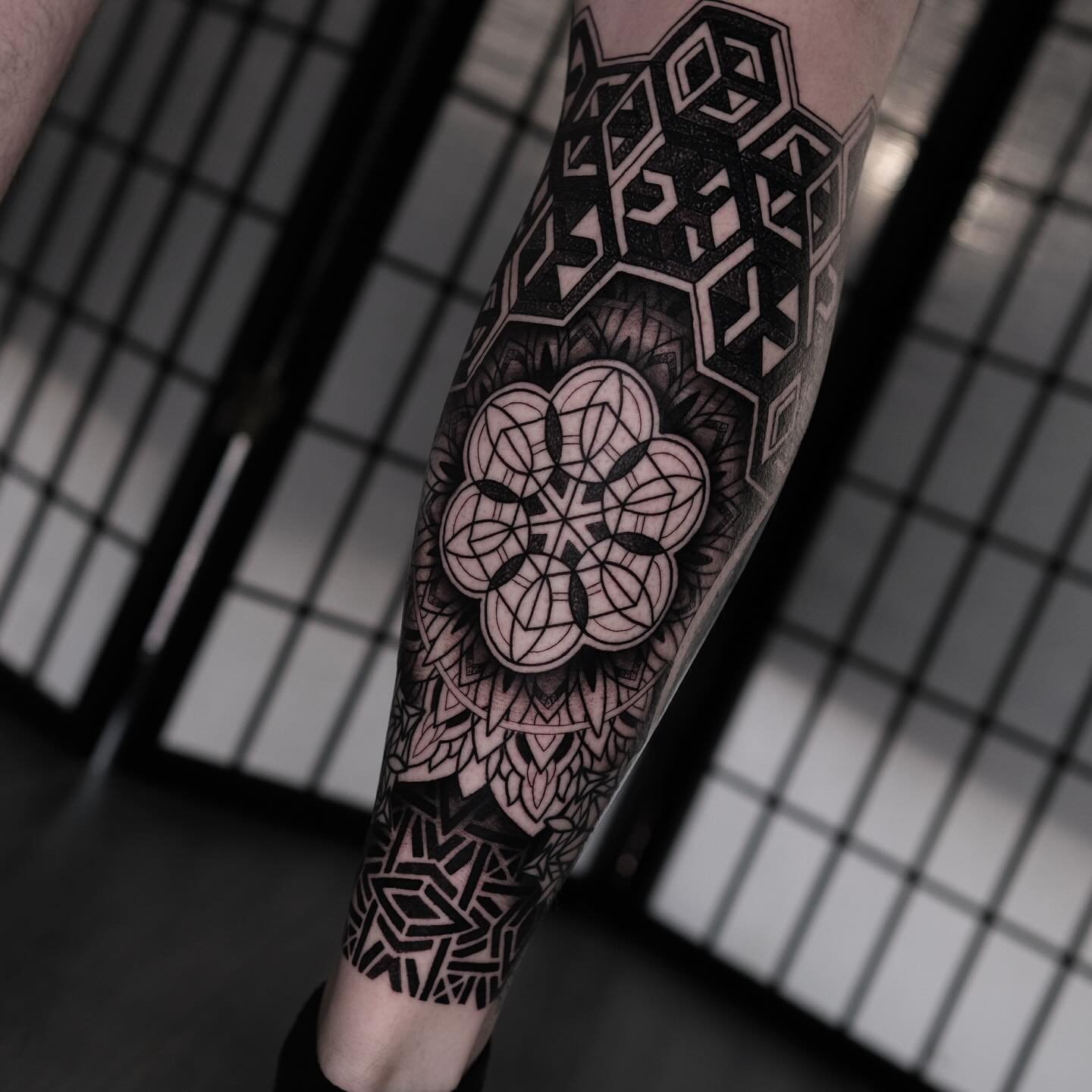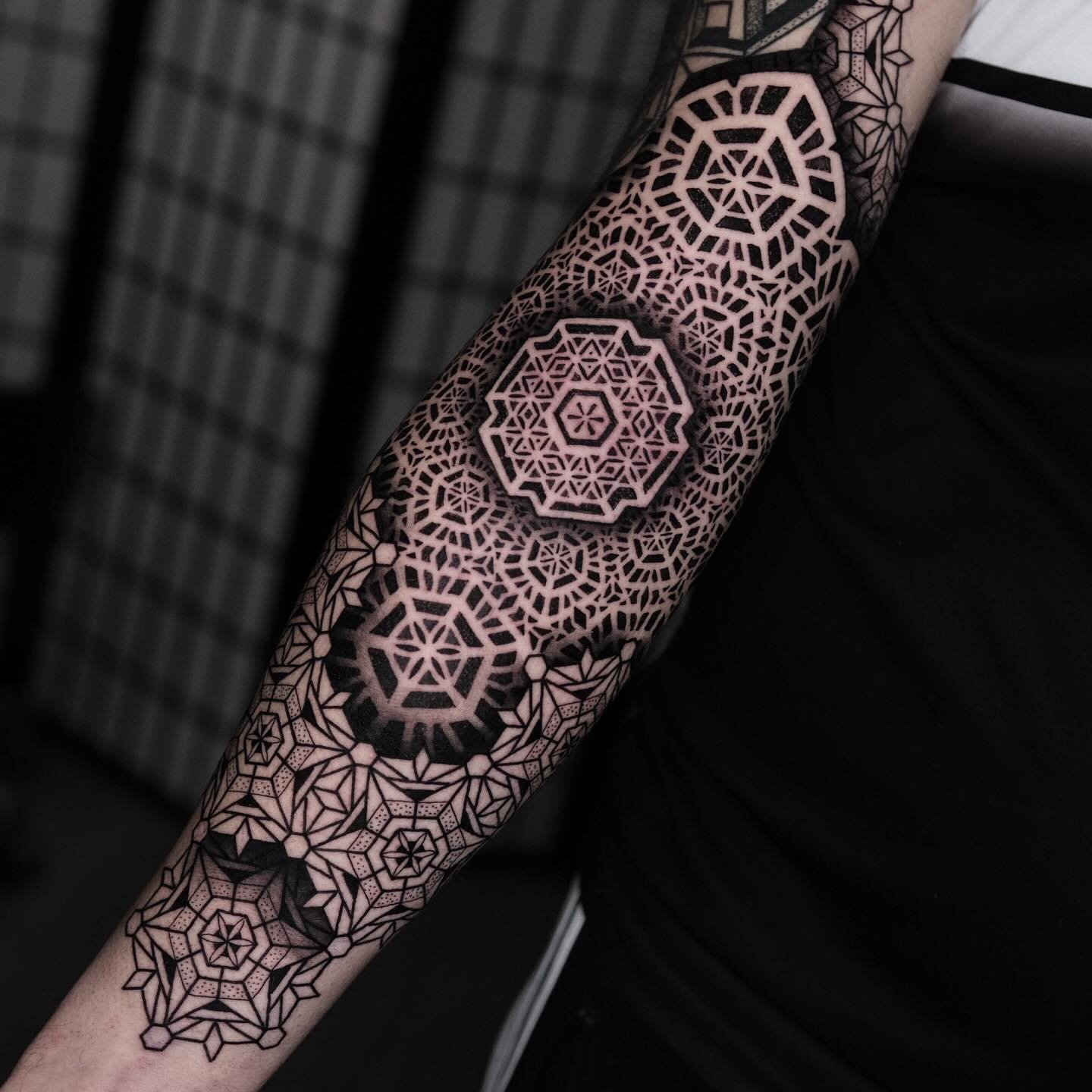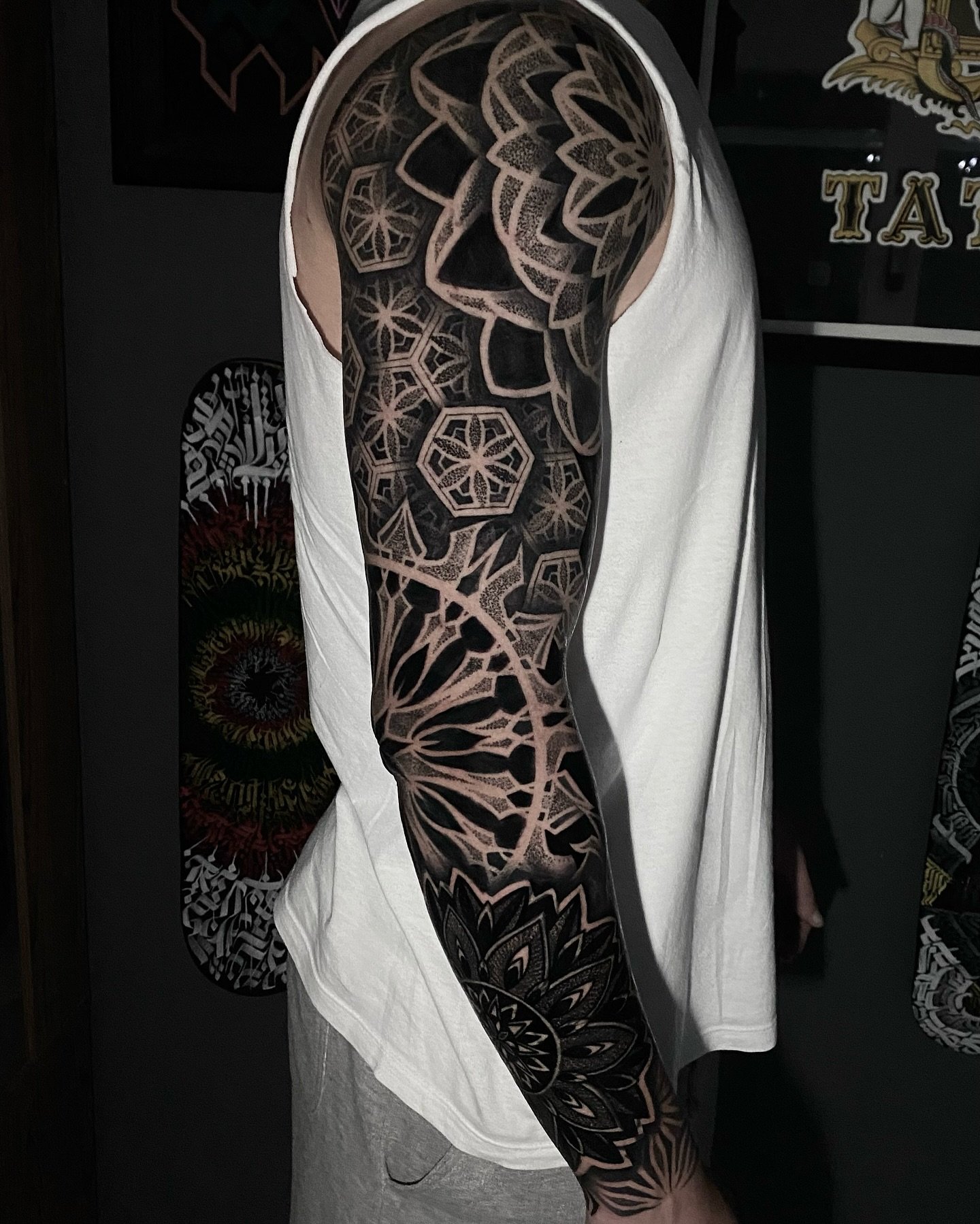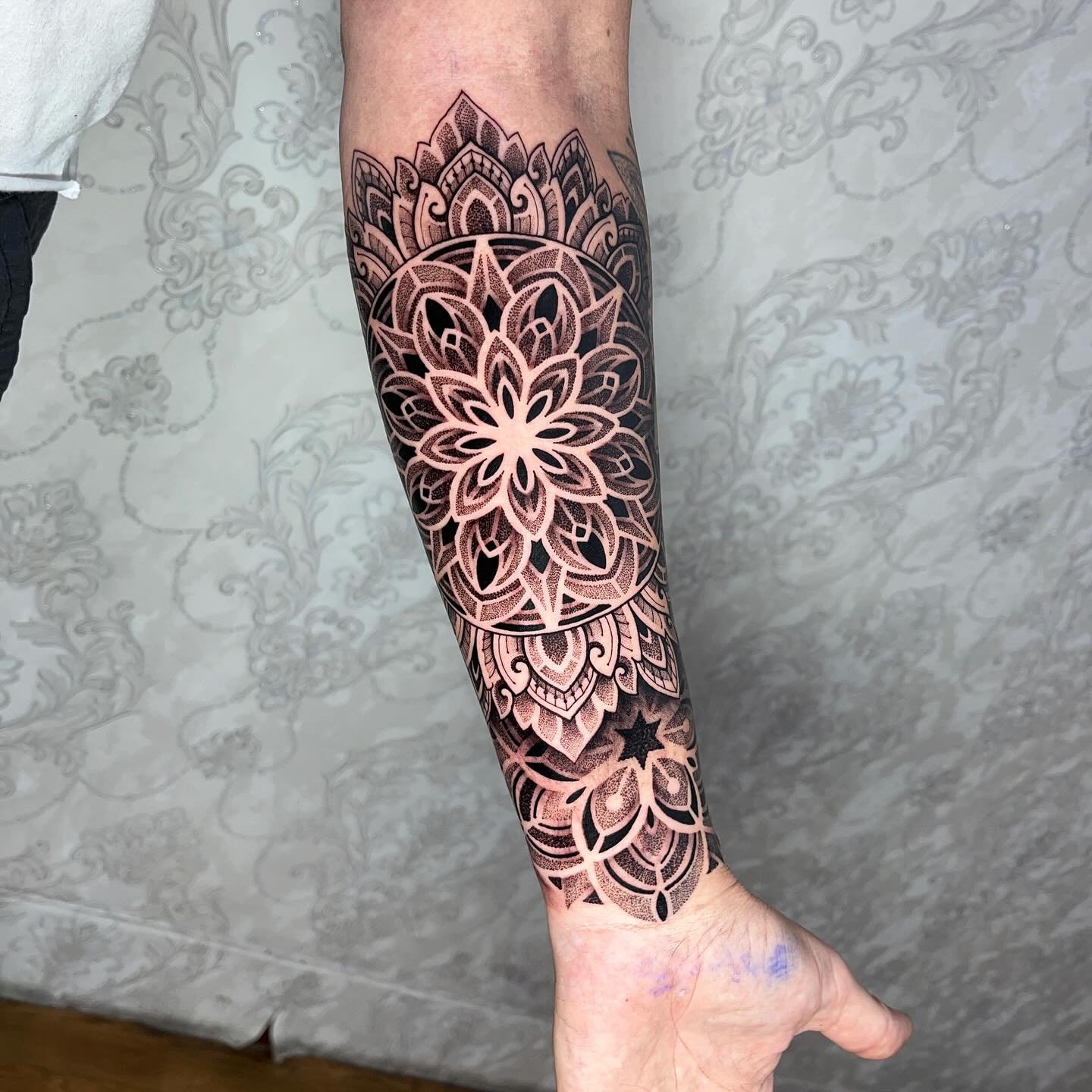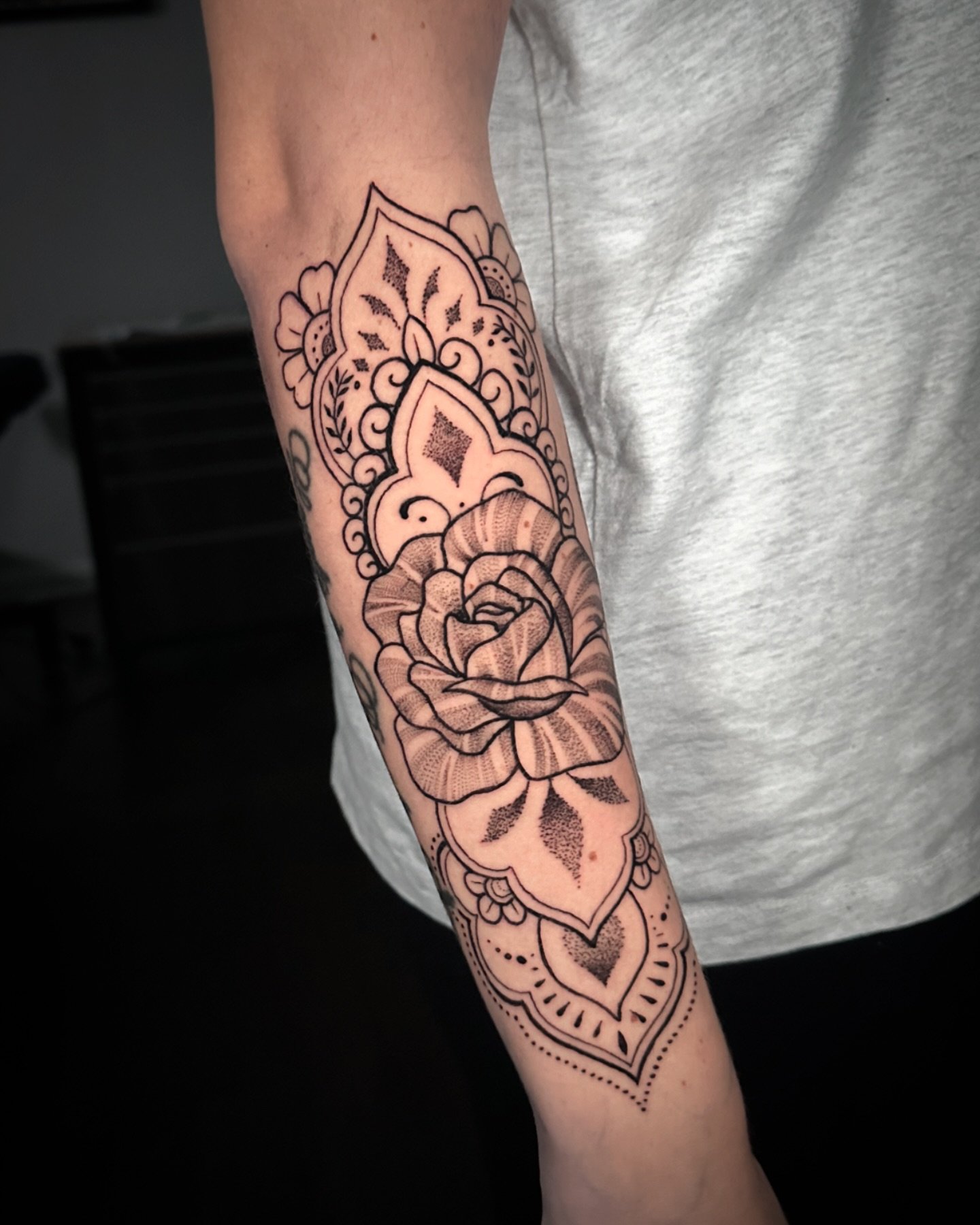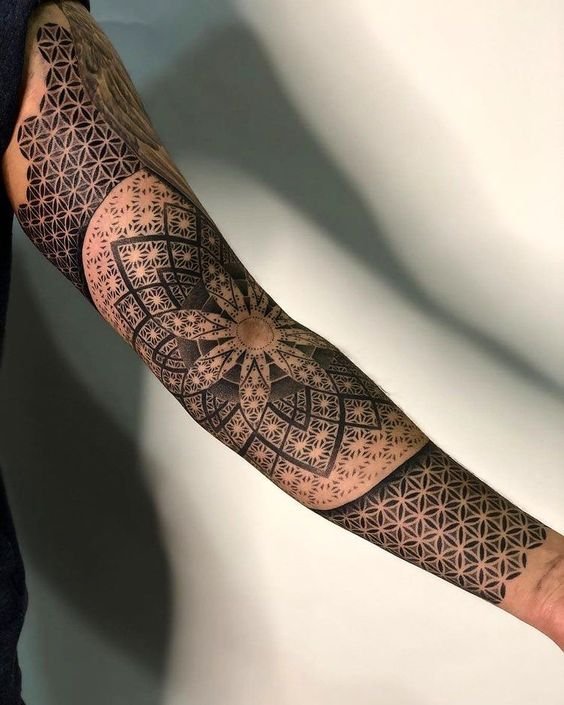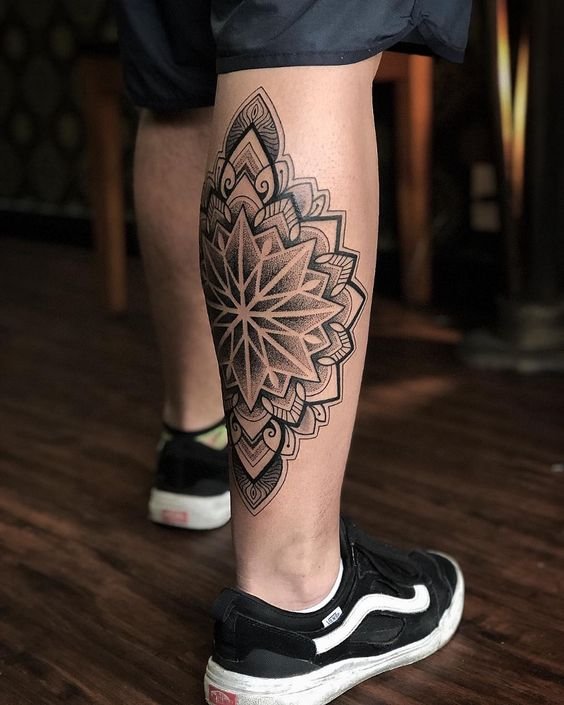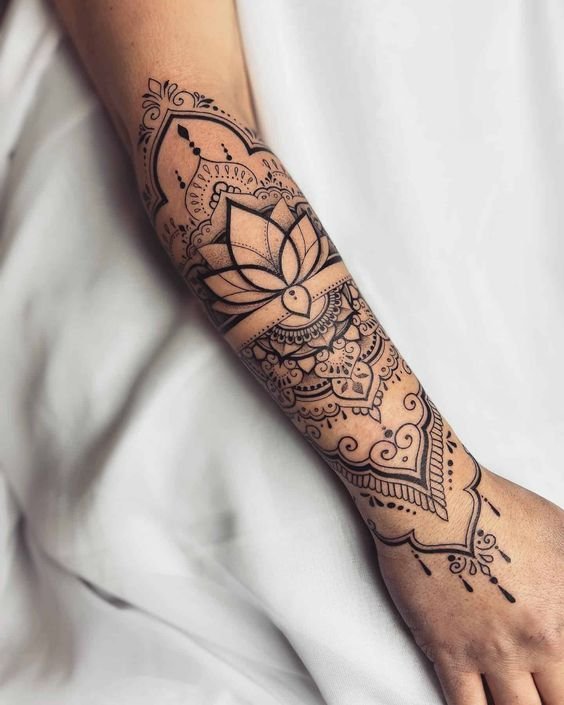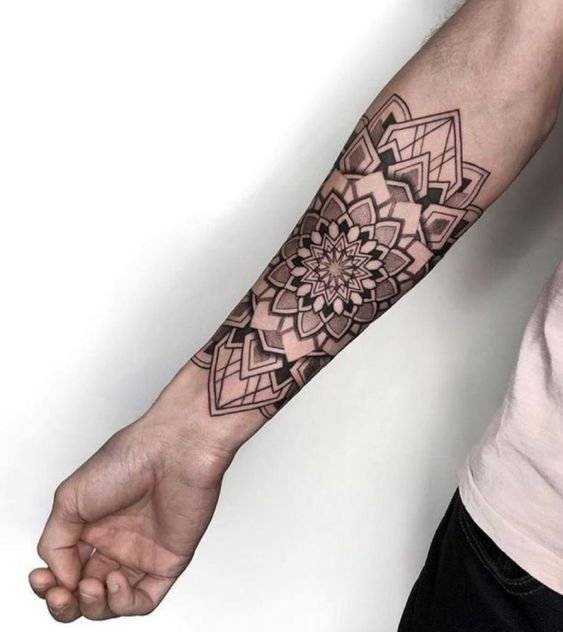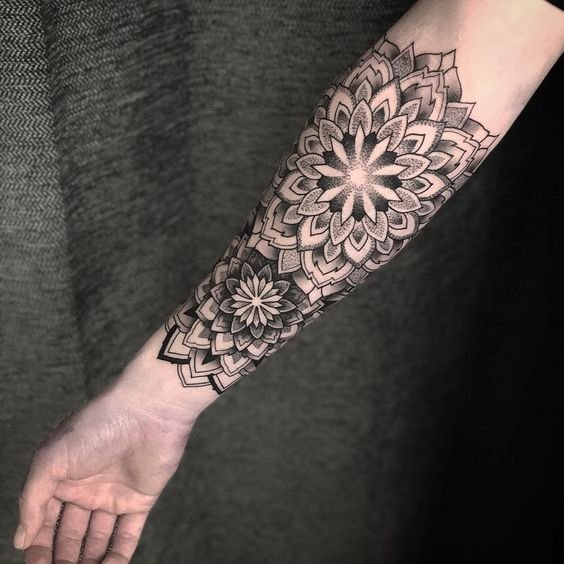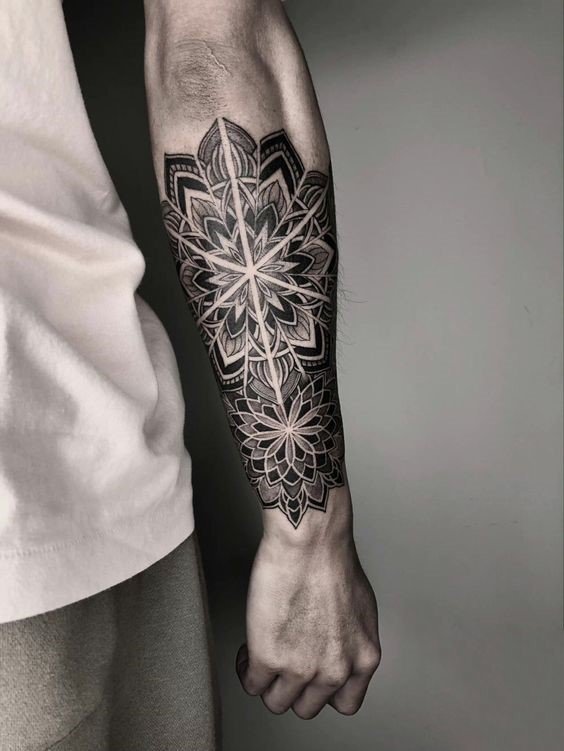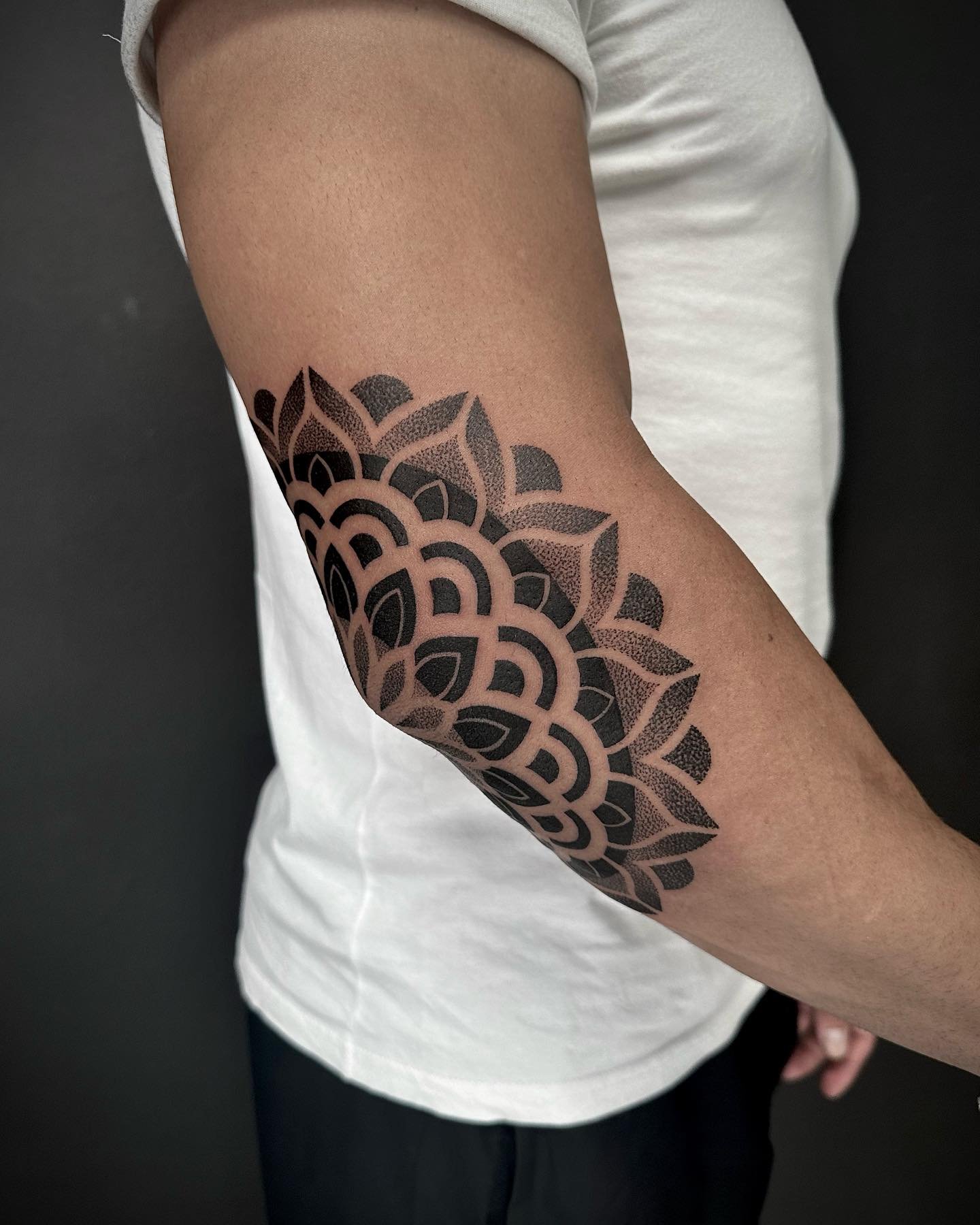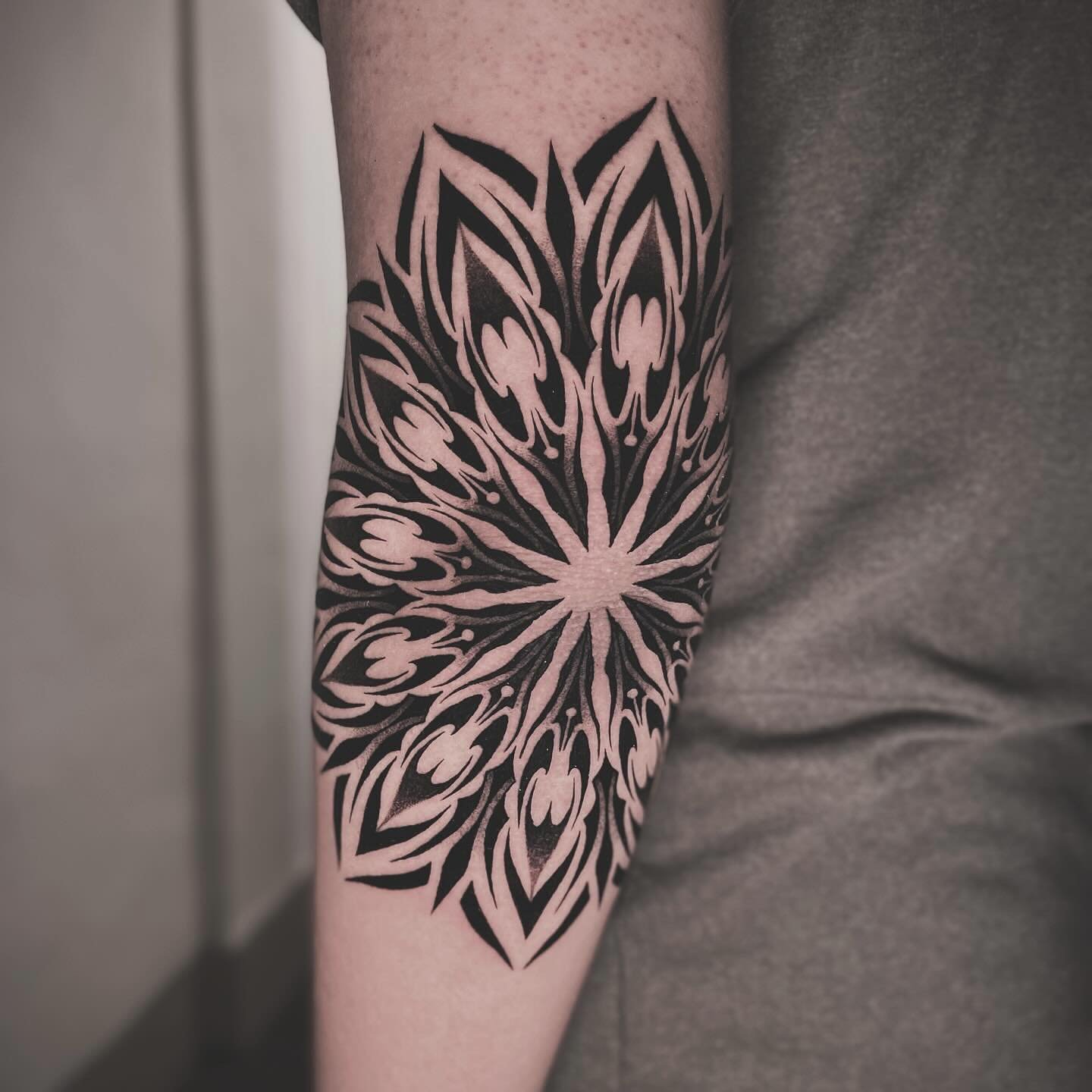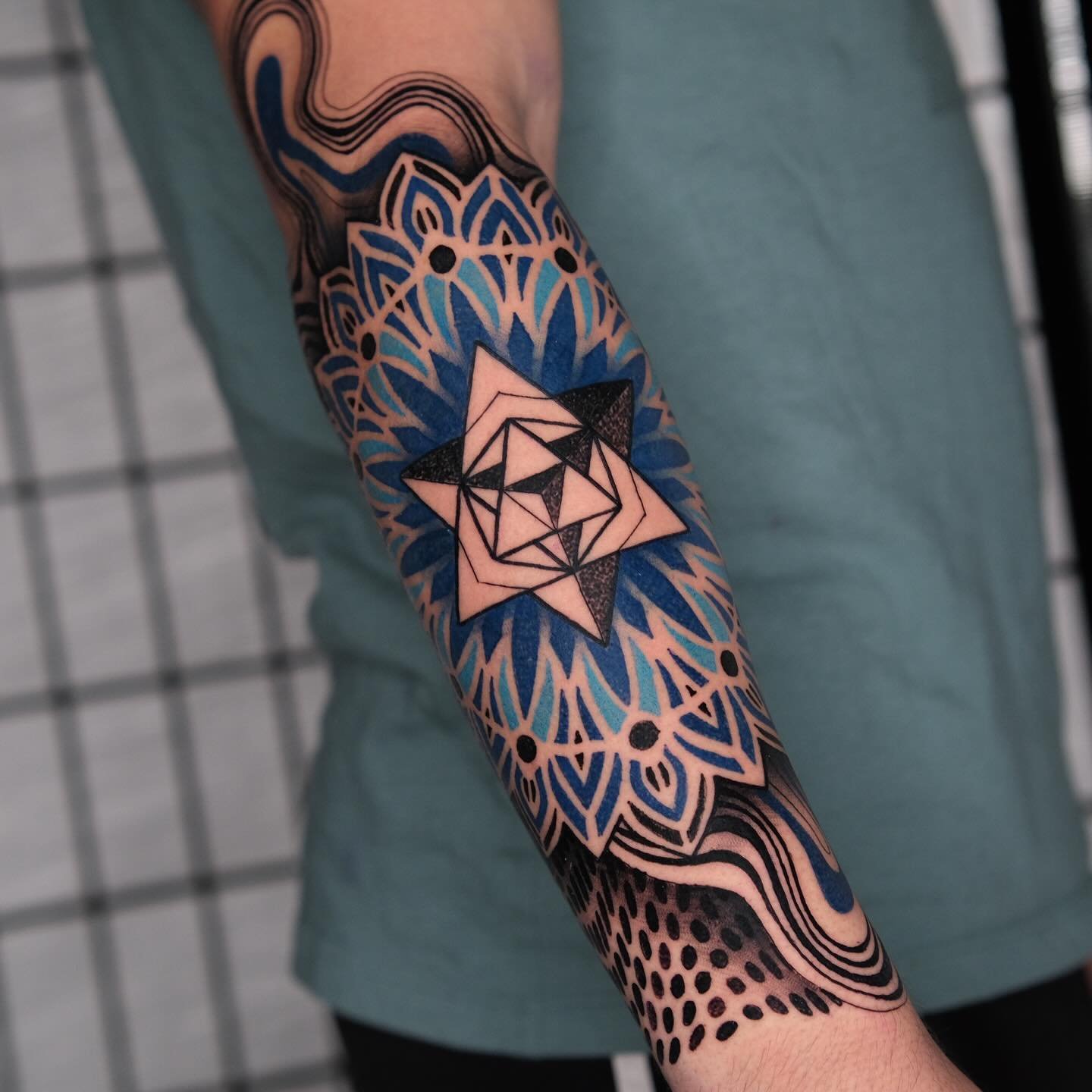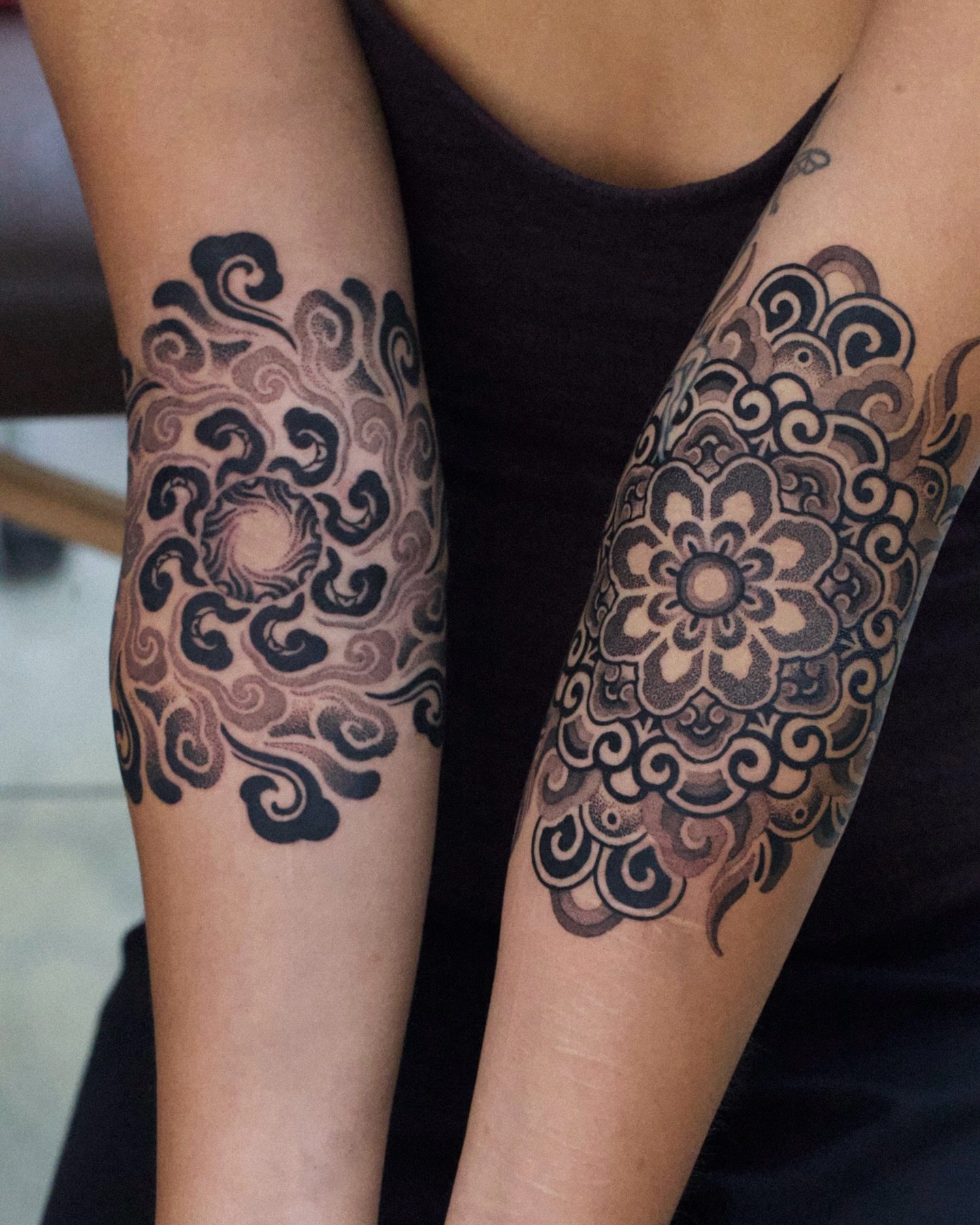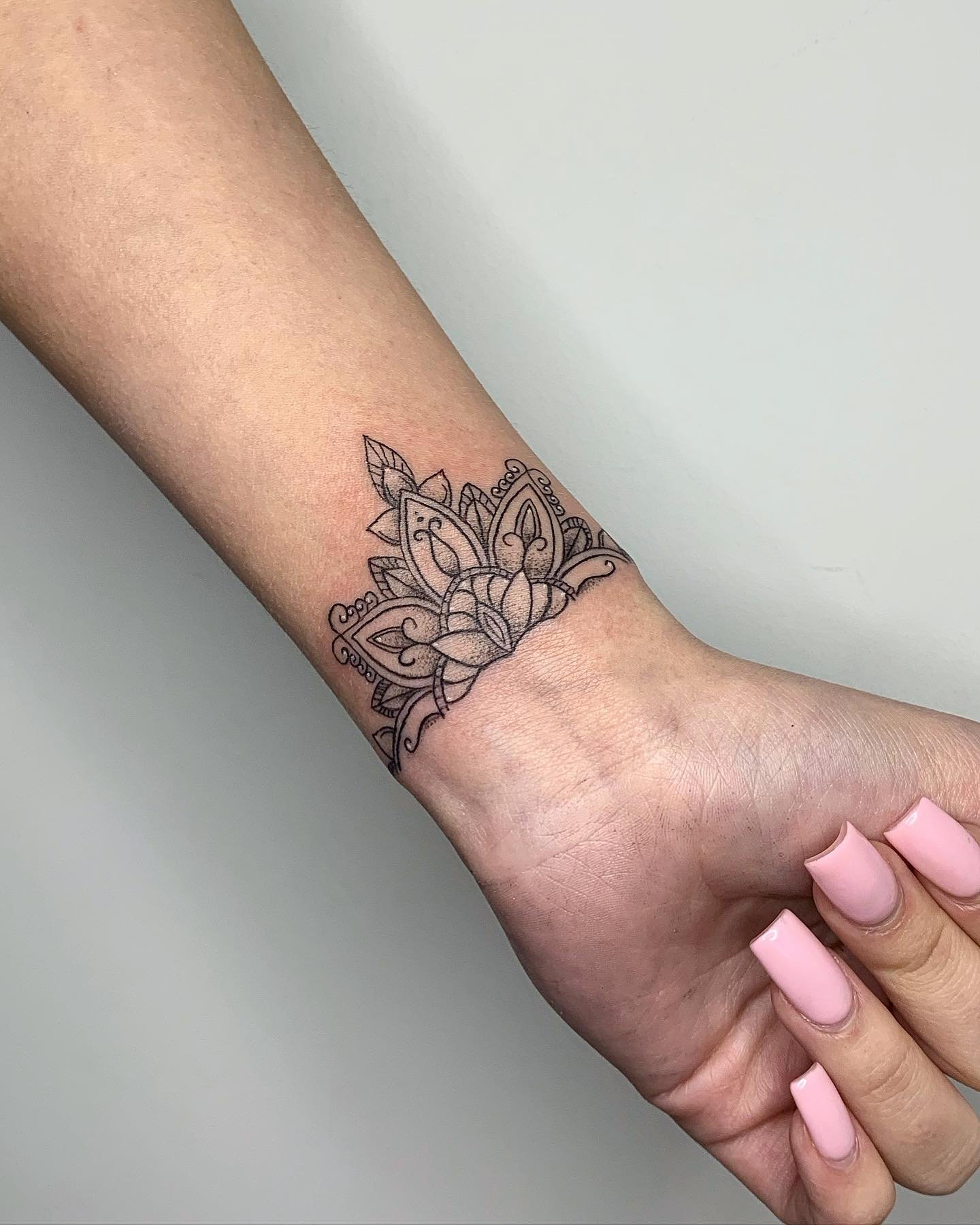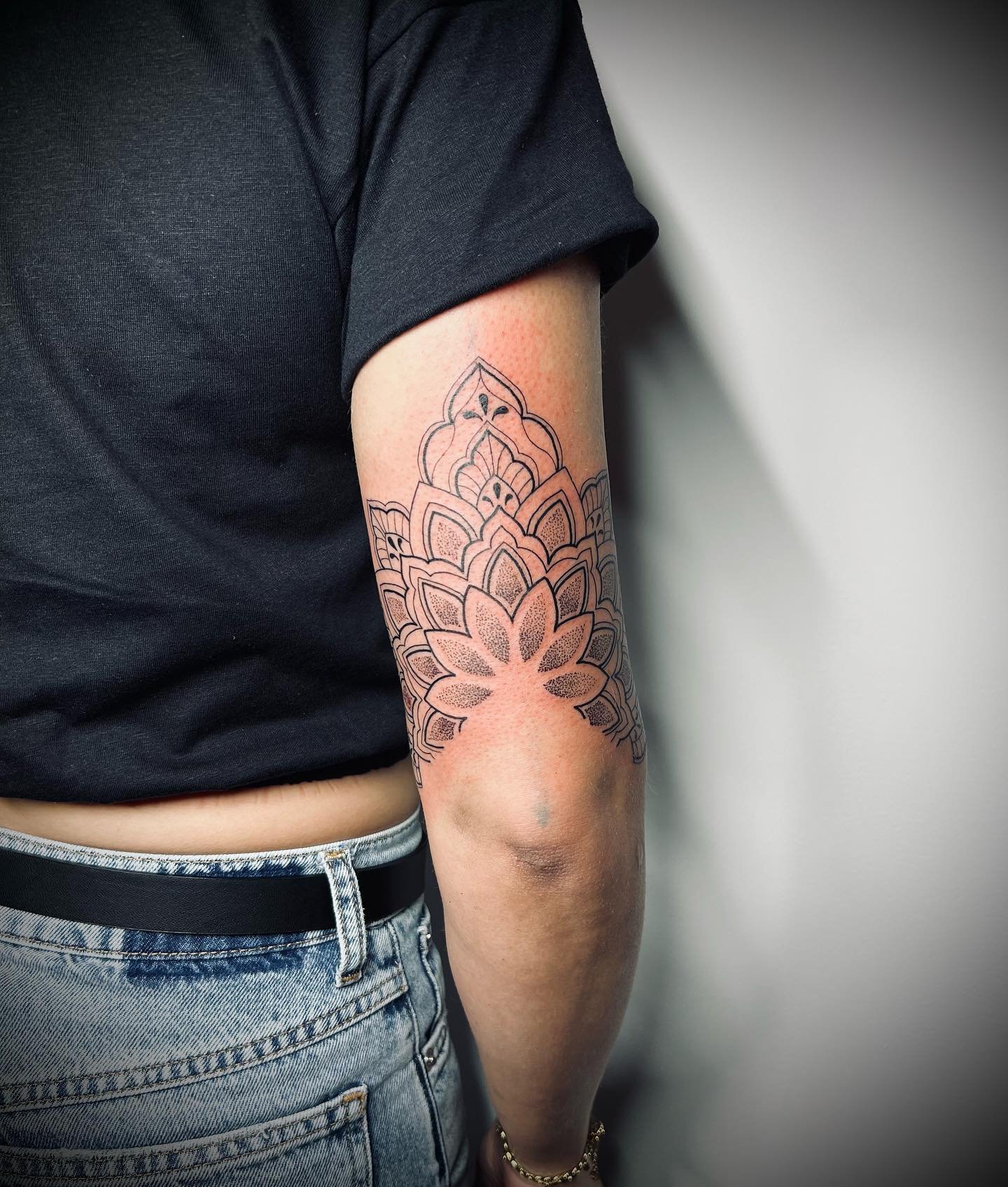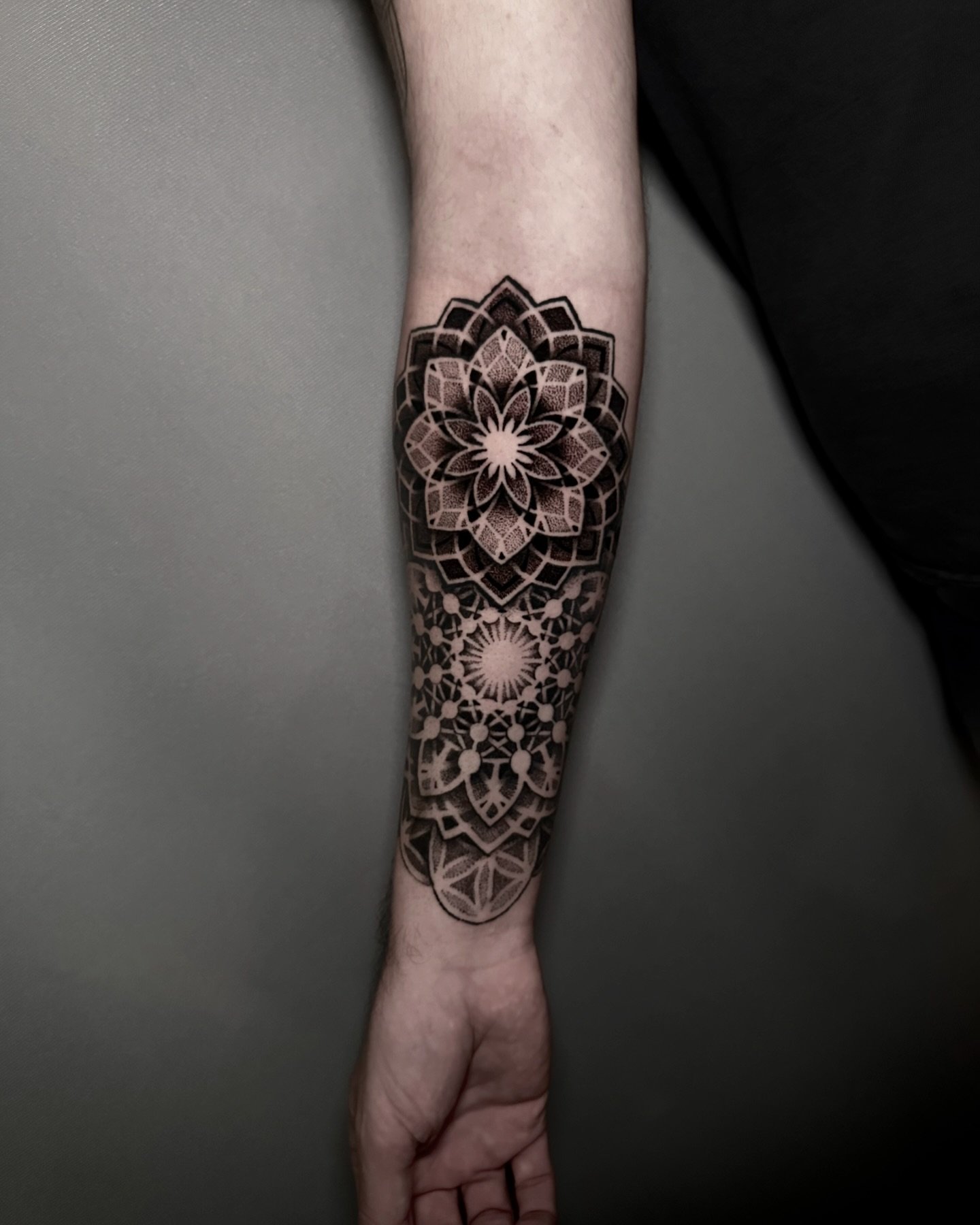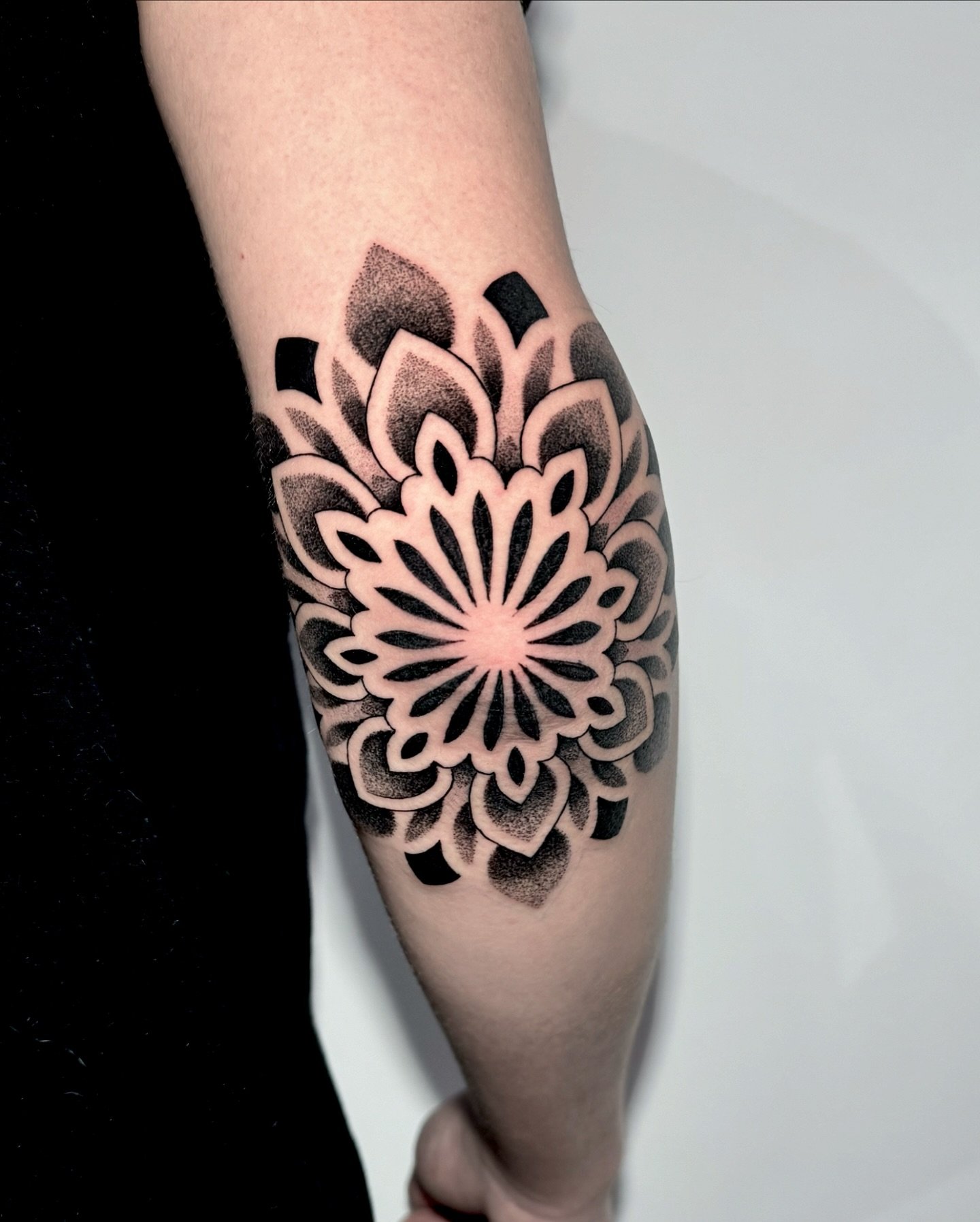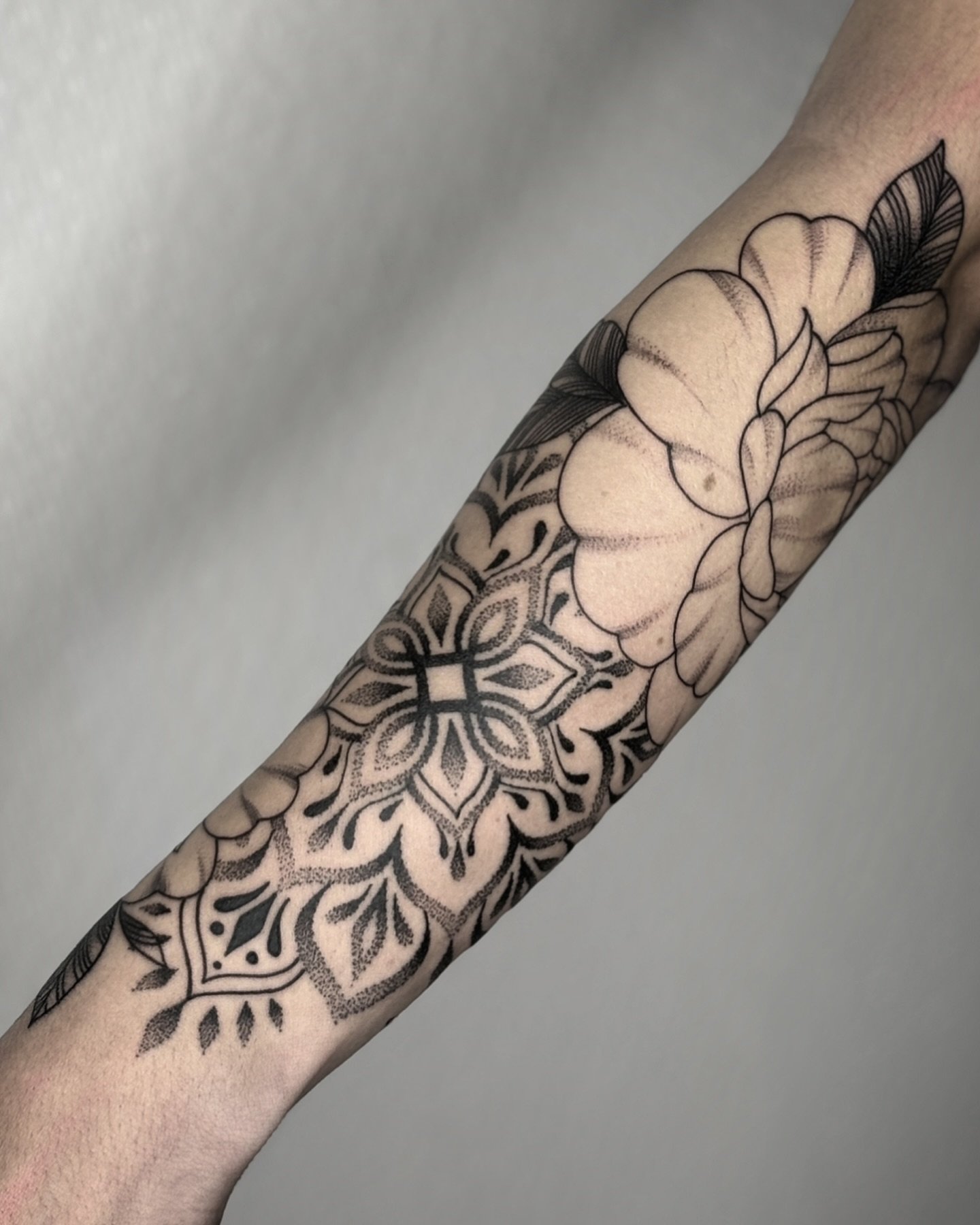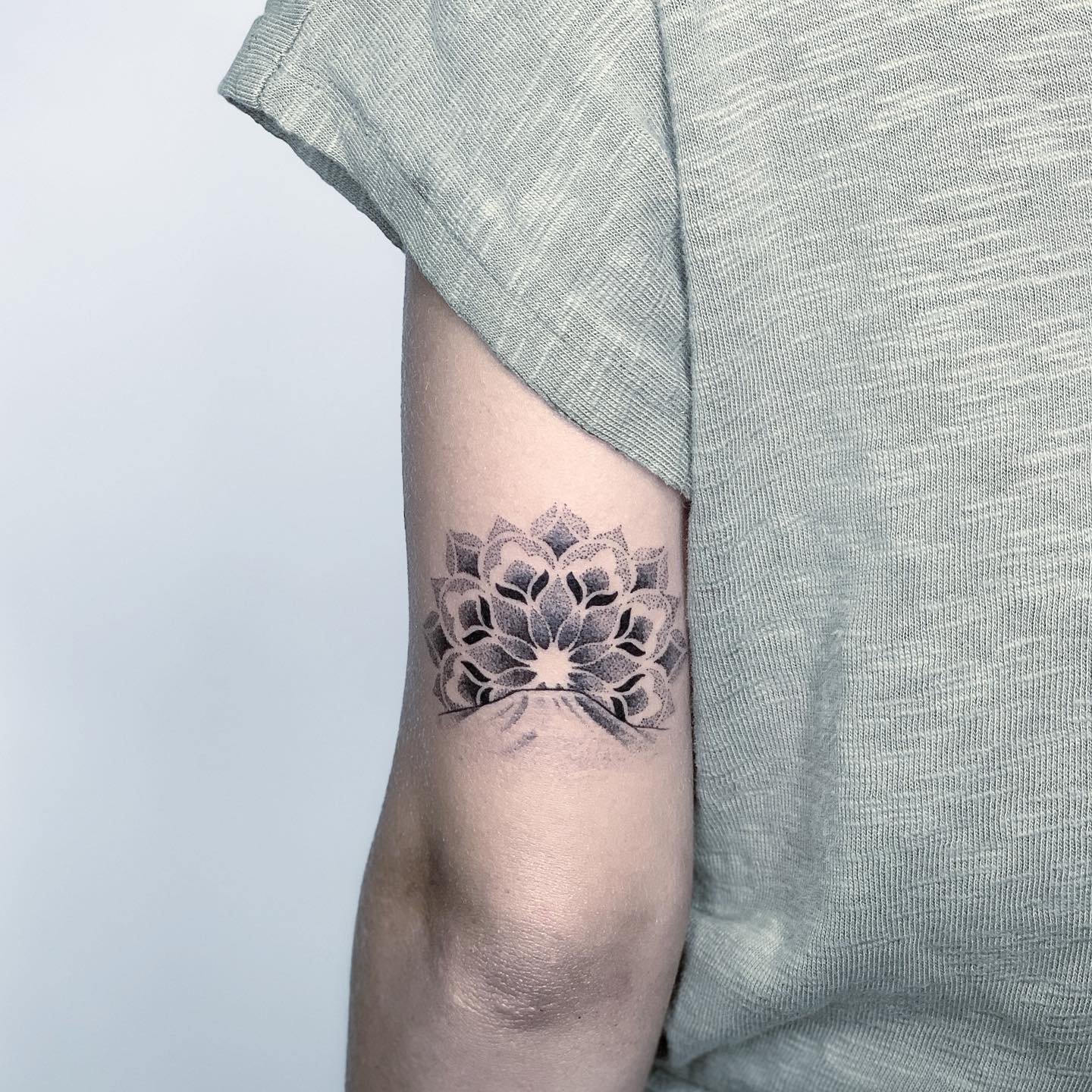Mandala Tattoos: Symbolism and Meaning in Contemporary Tattoo Art
Tattoos have long been a powerful way of expressing oneself, going far beyond mere body adornment.
Among the vast array of designs and motifs, the mandala has gained a special prominence, evolving from an ancient symbol into a popular choice in tattoo culture globally. So, what makes the mandala tattoo so significant and widely admired? Let’s explore its deeper meaning and cultural resonance.

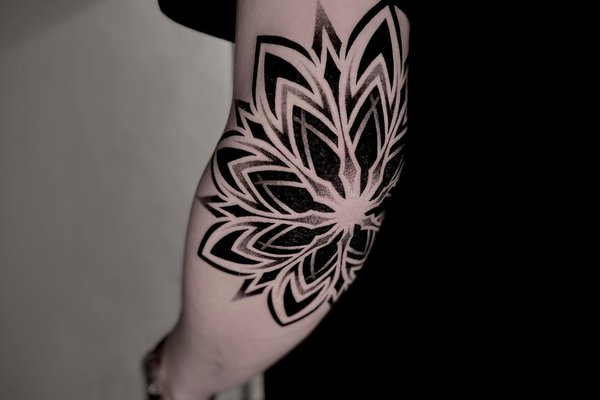
What is a Mandala?
A mandala is a geometric figure that has historically symbolized the universe and the concept of cosmic harmony.
It has roots in both Indian and Tibetan traditions, where it played an important role in spiritual practices and meditation. Characterized by concentric circles and symmetrical patterns, the mandala embodies the ideas of eternity, unity, and order in the universe.
For those who choose a mandala tattoo, it often goes beyond aesthetics, serving as a symbol of inner peace, balance, and spiritual connection.
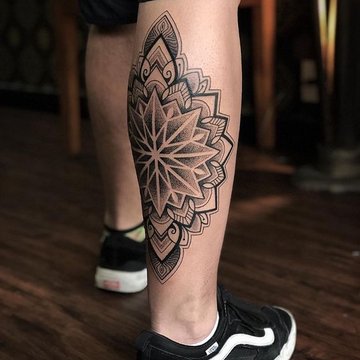
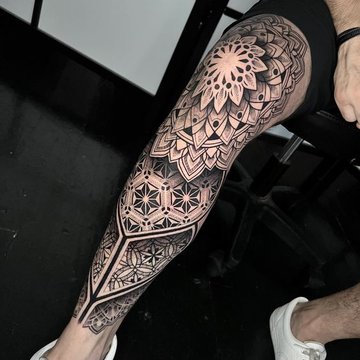

The Significance of a Mandala Tattoo
The meaning of a mandala can vary depending on cultural influences and personal interpretation.
Here are some of the most common symbolic associations:
- Balance and Harmony – The precise symmetry and structure of the mandala reflect a deep desire for balance and harmony in life.
- Personal Growth – The mandala is often linked to spiritual practices, making it a symbol of self-reflection and continuous personal development.
- Life's Cycles – The circular form of the mandala is representative of life’s ongoing cycles, including birth, death, and rebirth.
- Stability and Calm – At the center of the mandala lies a point of stillness and serenity, symbolizing a stable foundation amid the complexity of the universe.
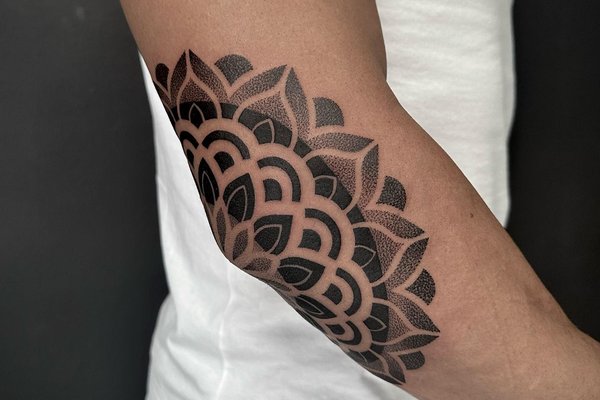
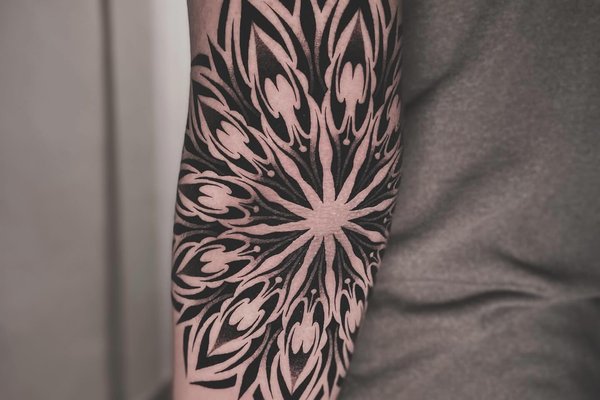
The Mandala in Tattoo Art
Mandalas have become a prominent feature in tattoo art because of their adaptability to various styles and techniques.
Whether rendered in minimalist dotwork or complex realism, the mandala can be tailored to suit individual preferences.
- Monochrome Mandala – Black and white designs are particularly popular, with bold lines and contrast enhancing the symmetry and making a striking visual statement.
- Colorful Mandala – Introducing color adds depth and meaning. Each hue can symbolize different emotions or ideas: blue might represent peace, green could stand for healing, and red can signify passion.
- Small Mandalas – For those who prefer more subtle body art, small mandalas can be a perfect choice. These are often placed on areas like the wrist, ankle, or neck for a delicate yet meaningful touch.
- Large Mandala Compositions – Mandalas also work well within larger, more elaborate designs. They can be integrated into sleeve tattoos or large back pieces, contributing to a more intricate, layered look.
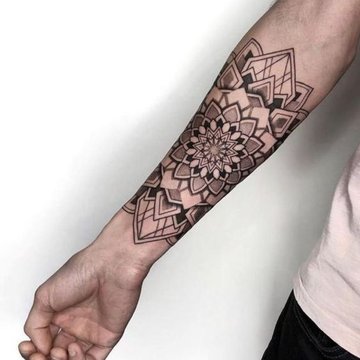
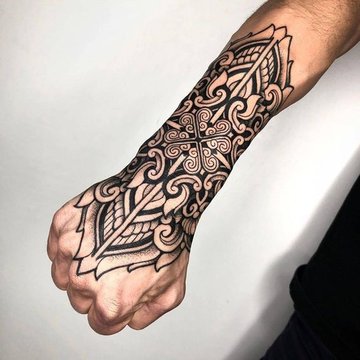
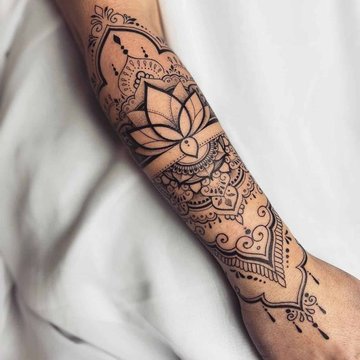
Where to Place a Mandala Tattoo?
The placement of a mandala tattoo largely depends on the design’s size and complexity, but it can be located almost anywhere on the body.
Some of the most favored locations include:
- Forearm – This spot allows for a detailed and symmetrical design, making it a popular choice.
- Back – The back offers a large surface area, ideal for creating intricate and larger-scale mandala tattoos that emphasize balance and proportion.
- Thigh – A mandala tattoo on the thigh provides a unique and stylish look.
- Chest – A chest mandala tattoo, with the heart at the center, can represent protection, harmony, and inner strength.
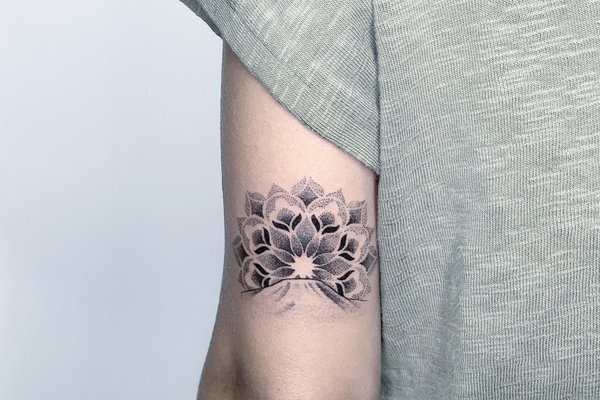
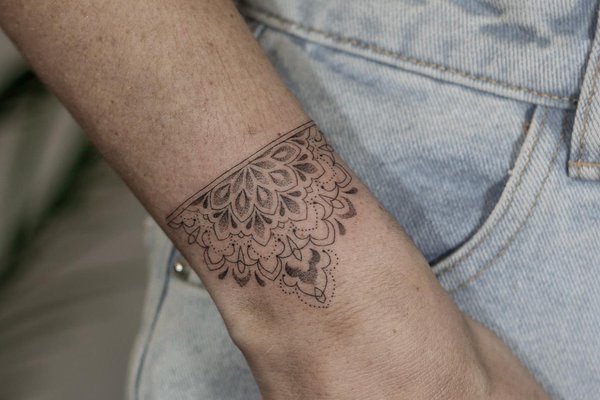
Mandala in Modern Tattoo Art
Today, the mandala has not only retained its spiritual significance but also evolved into an important element of modern tattooing.
Tattoo artists experiment with this ancient symbol, incorporating it into various artistic styles to create visually striking and highly personalized designs. Mandala tattoos are increasingly being used to express individuality and aesthetic preference.
Many artists combine mandalas with natural elements, animals, and other symbols to create more complex and symbolic designs. For instance, mandalas paired with lotus flowers, cosmic imagery, or spiritual symbols have become particularly trendy.

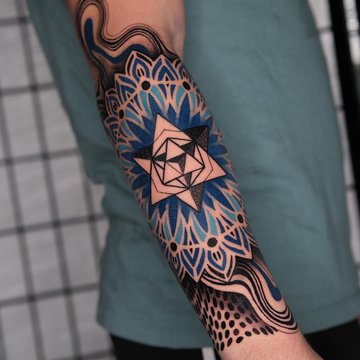

How to Select a Mandala Design?
Choosing the right mandala tattoo is a deeply personal process that requires thoughtful consideration.
Beyond aesthetics, it’s important to understand the personal and symbolic significance of the design. Here are a few tips:
- Explore Different Styles – Mandalas can be drawn in a variety of styles, ranging from traditional to modern or abstract. Take the time to research different artists’ portfolios to find a style that resonates with you.
- Size Matters – Mandalas can be done in both small and large formats, so consider the scale and how it will look on the chosen area of your body.
- Color Choices – If you opt for a colored mandala, think carefully about the color palette and the symbolic meaning that each color brings to the design.
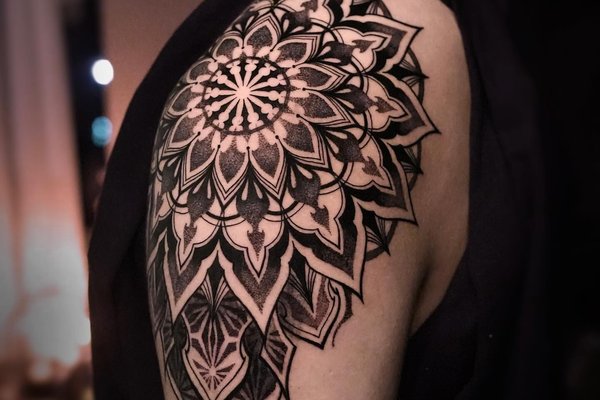

Why Choose VEAN TATTOO for Your Mandala Tattoo?
Once you’ve made the decision to get a mandala tattoo, selecting the right tattoo artist and studio is crucial.
VEAN TATTOO offers expert services and skilled professionals who specialize in creating stunning and intricate mandala designs. Here’s why VEAN TATTOO stands out:
- Customized Designs – Every tattoo is designed with your personal preferences in mind, ensuring that your mandala is truly unique to you.
- High Standards of Quality – VEAN TATTOO adheres to strict hygiene protocols and uses only high-quality, trusted materials.
- Experienced Artists – Our artists are highly skilled and experienced in a wide range of styles, including geometric designs like mandalas.
- Comfort and Safety – We prioritize your comfort and safety, ensuring that the entire process, from consultation to the final product, is smooth and stress-free.
Visit VEAN TATTOO to bring your mandala tattoo ideas to life with the help of expert artists who are passionate about their craft!


 Create a sketch in the VEAN TATTOO AI generator
Create a sketch in the VEAN TATTOO AI generator
